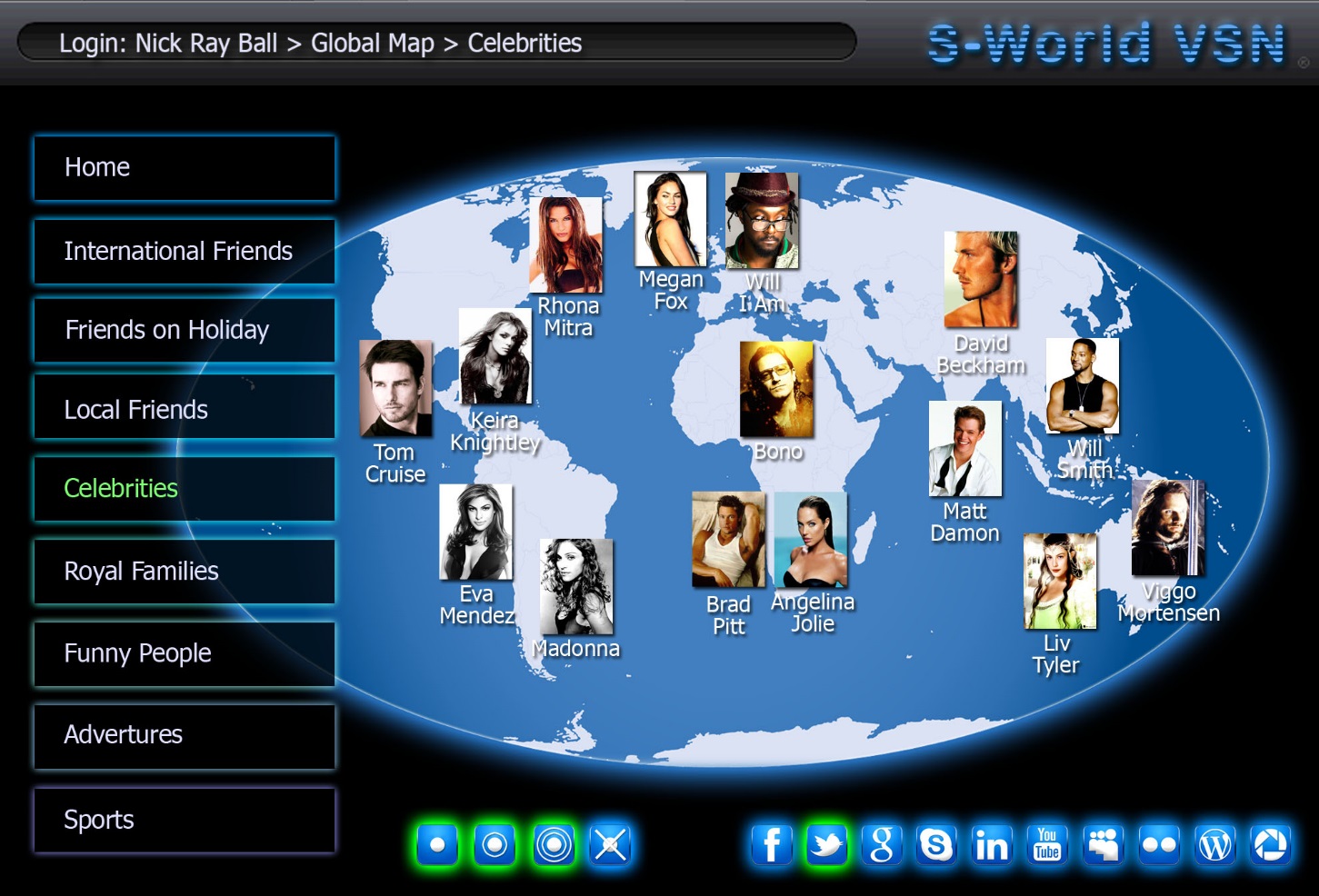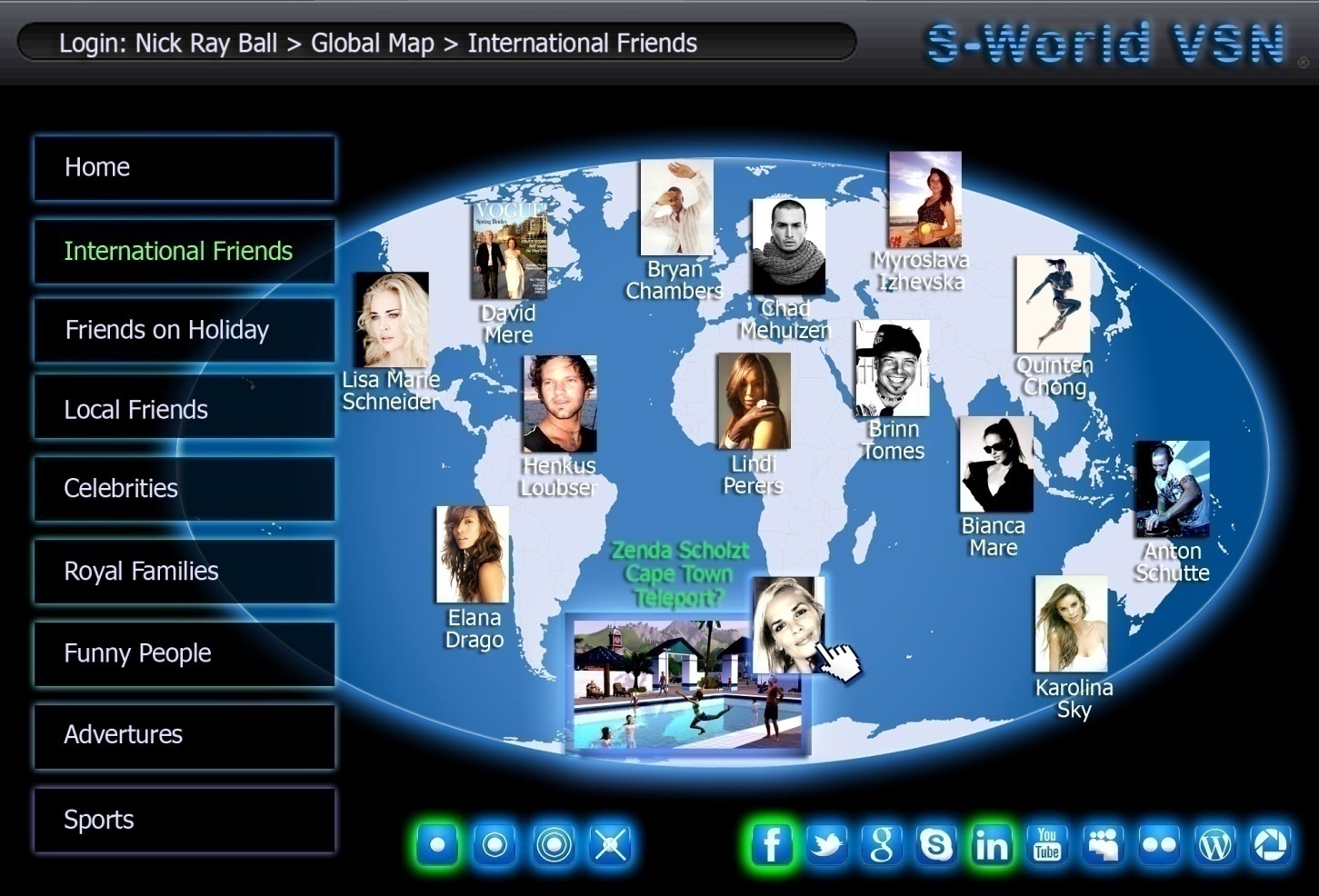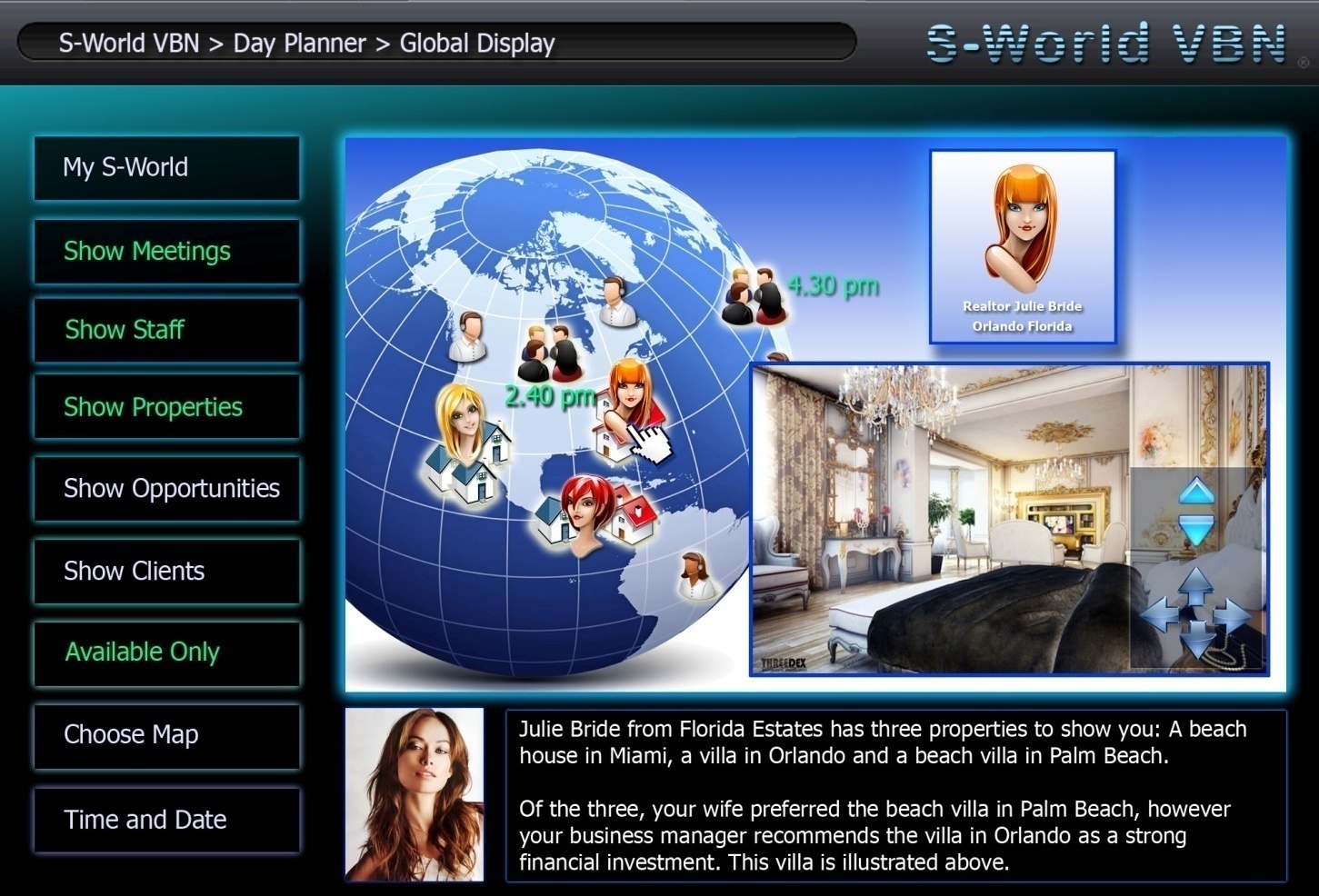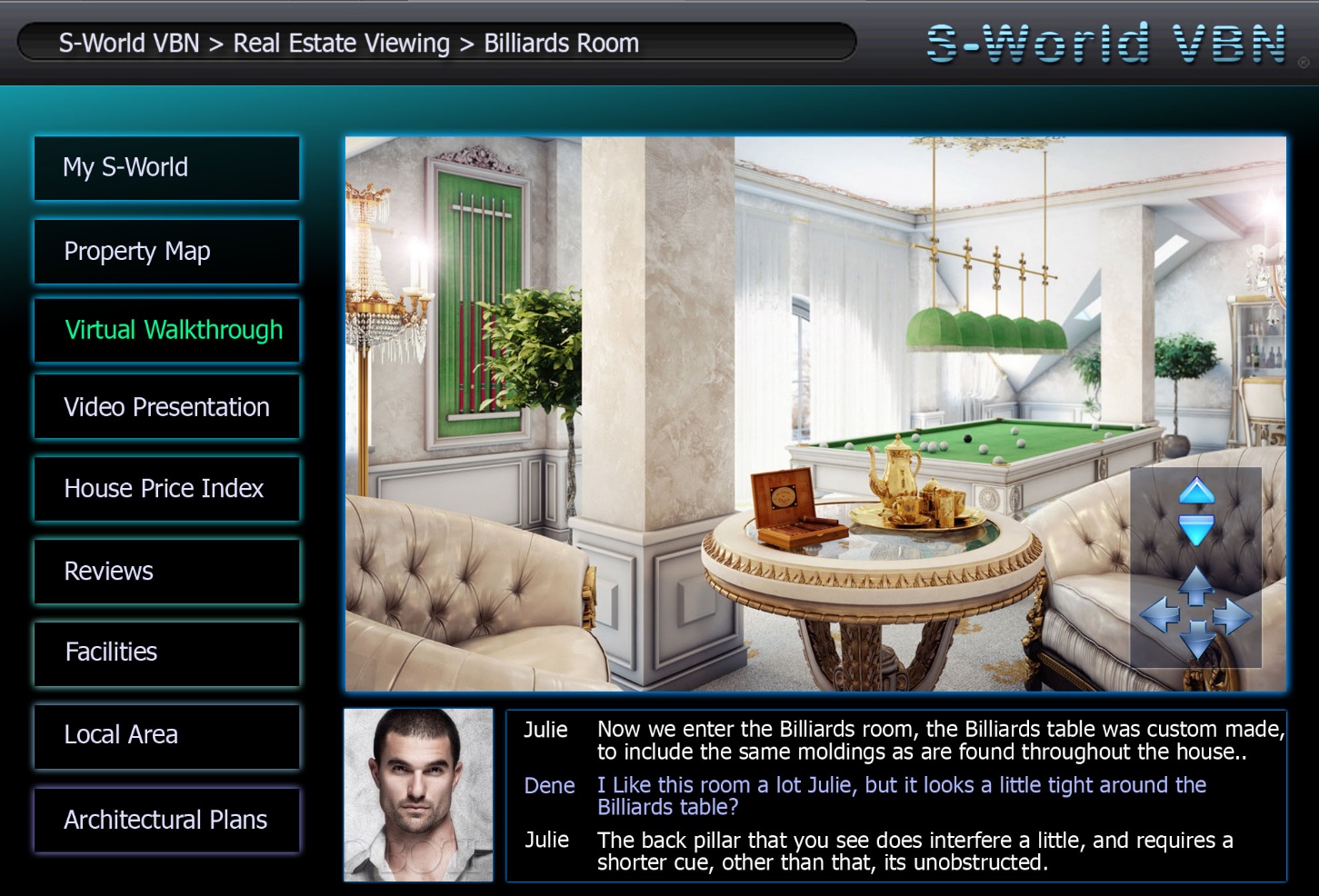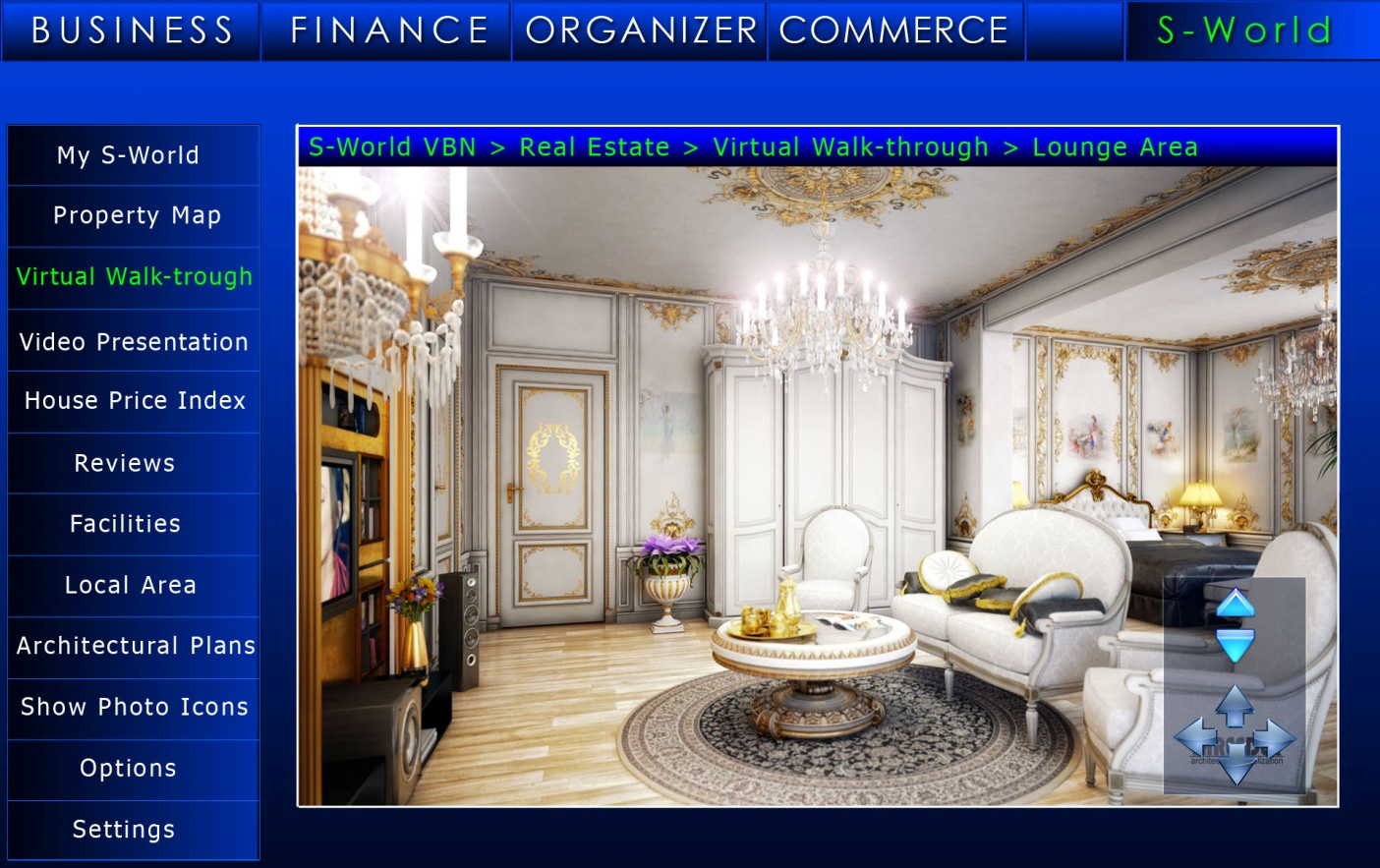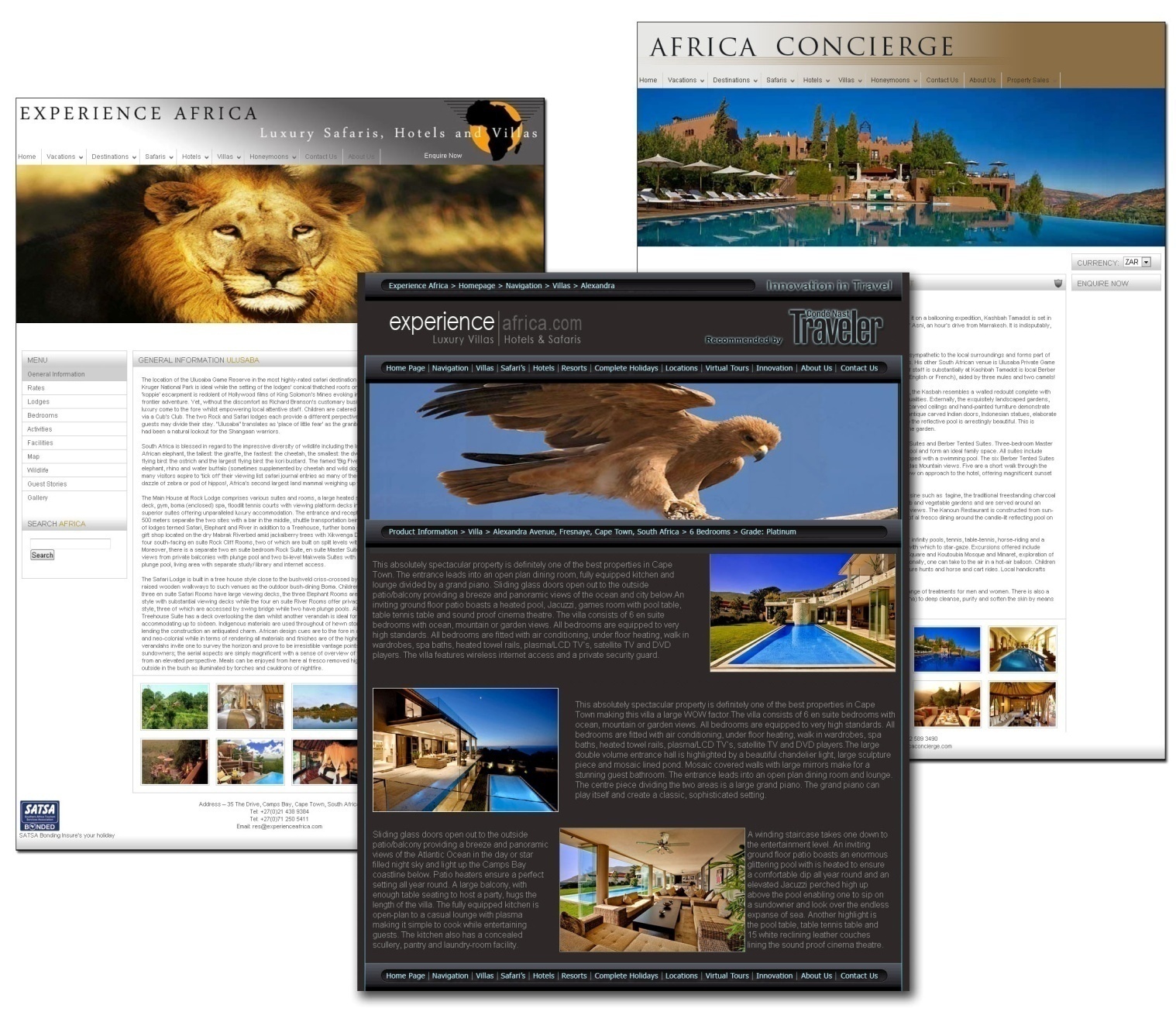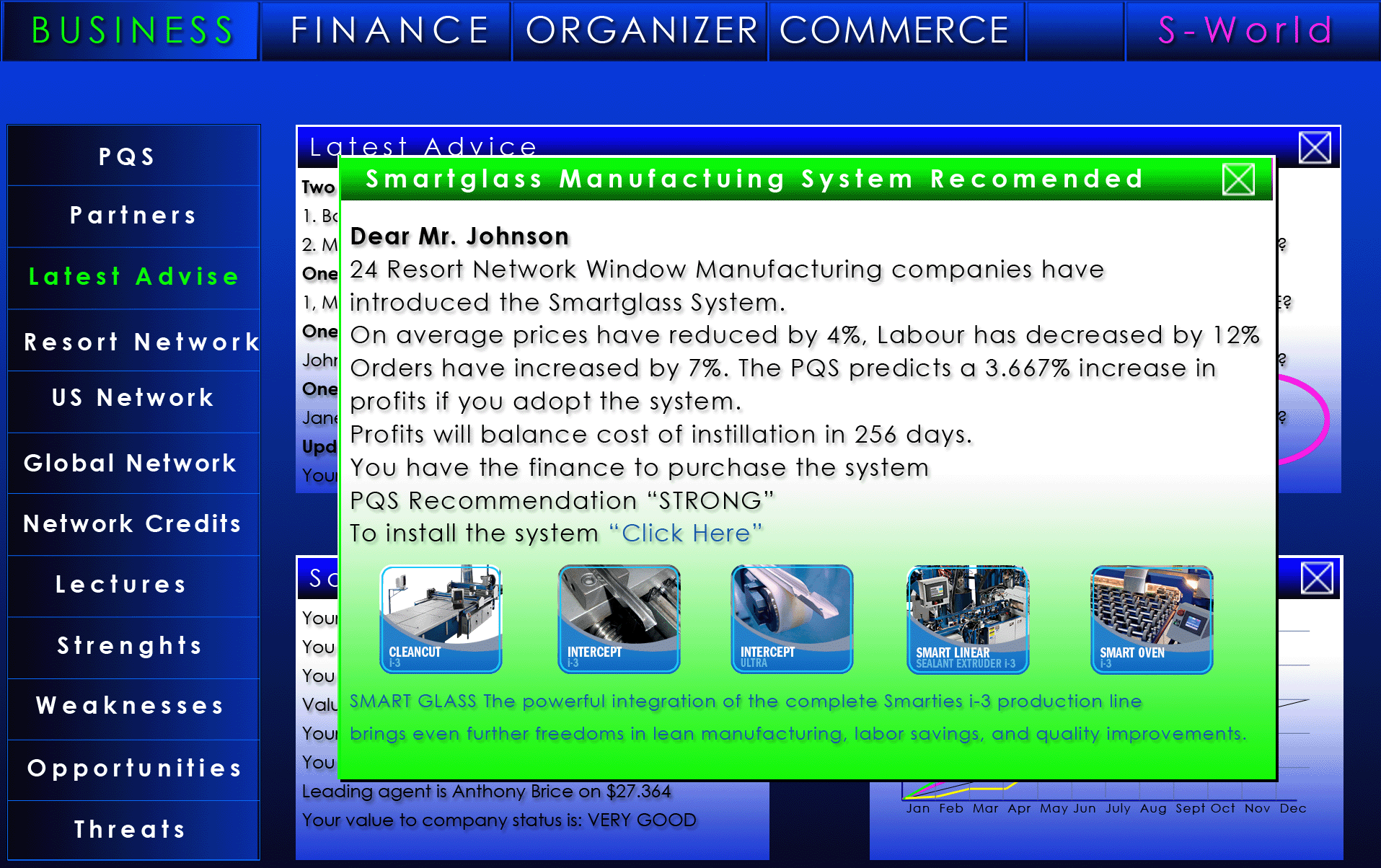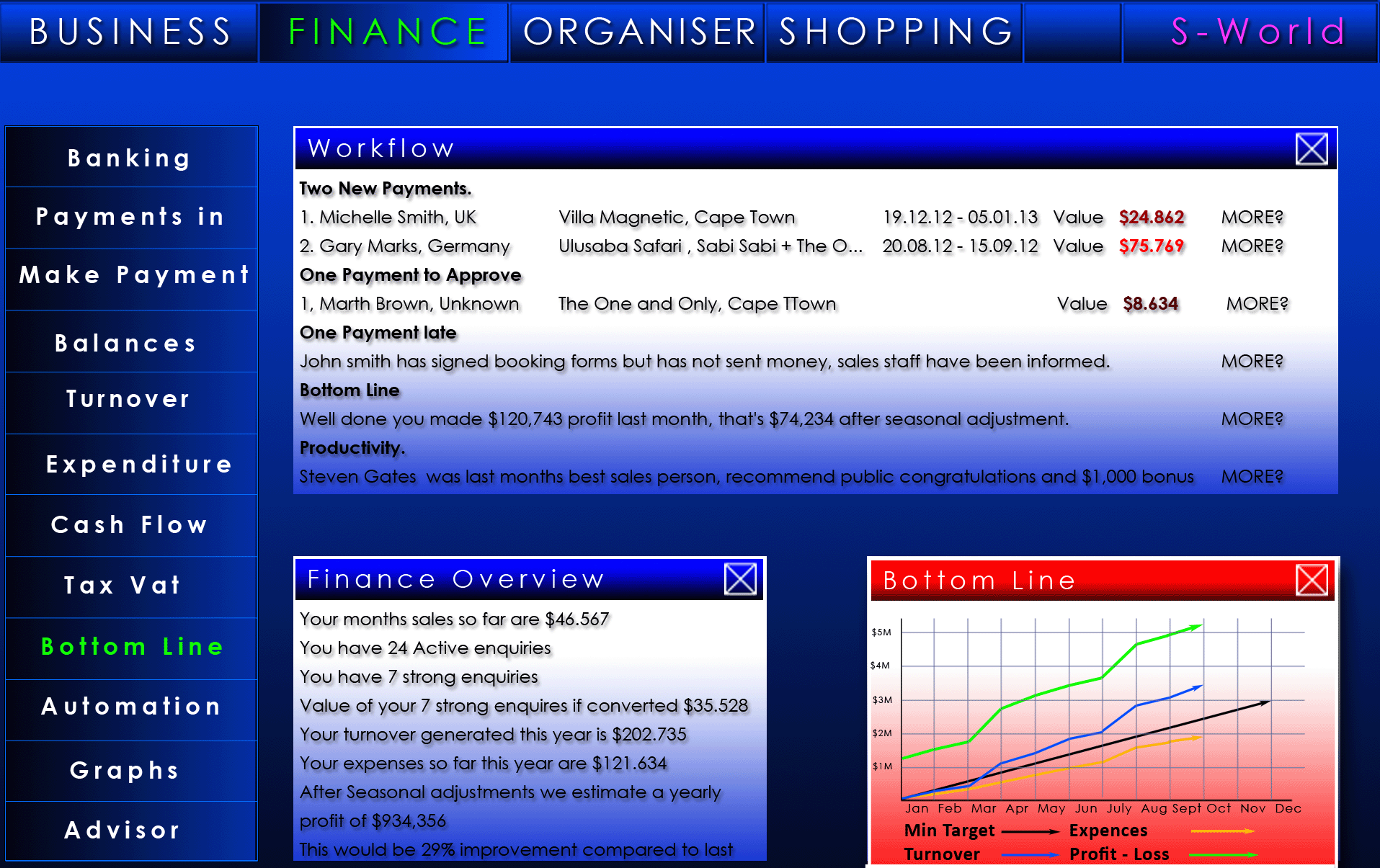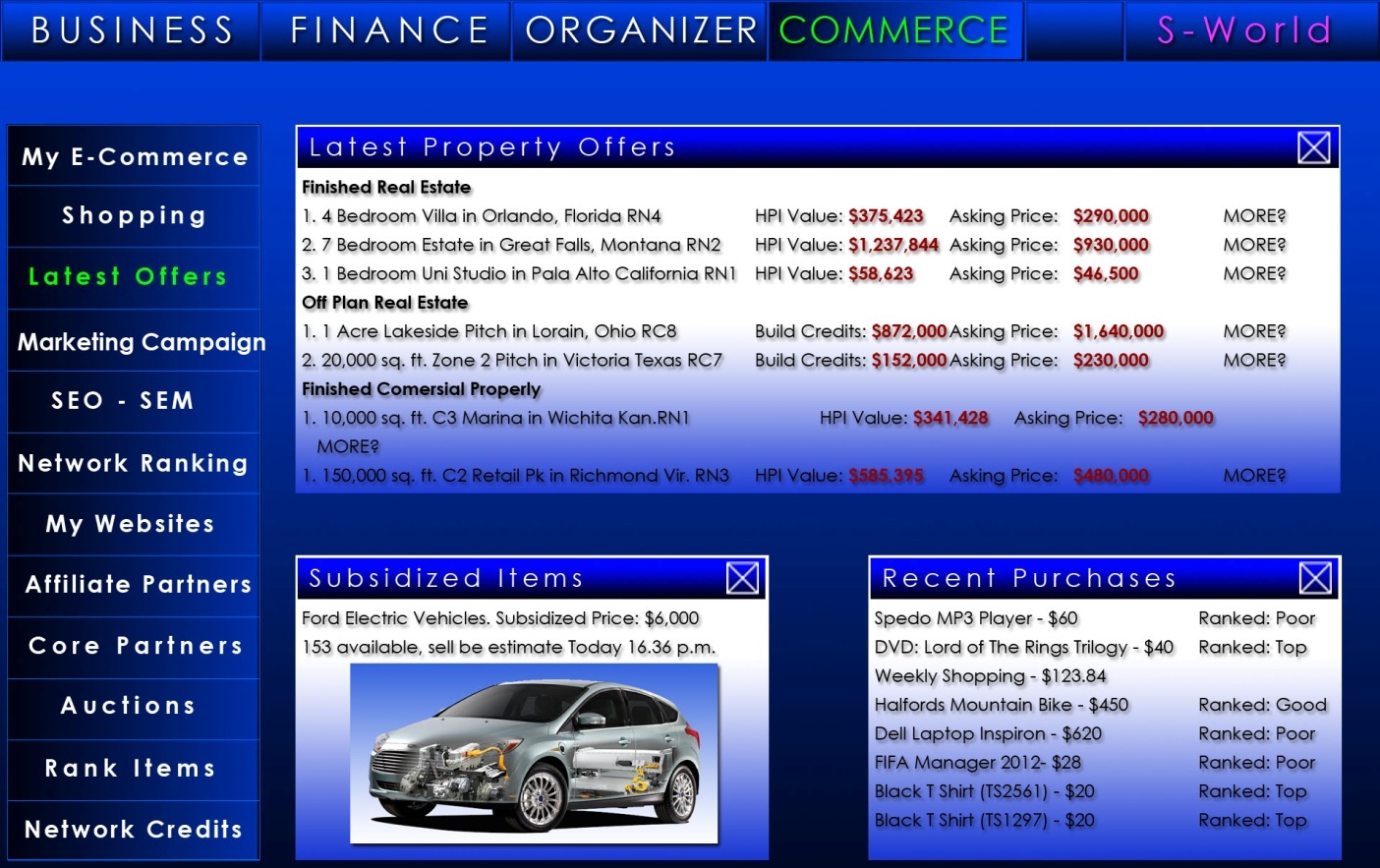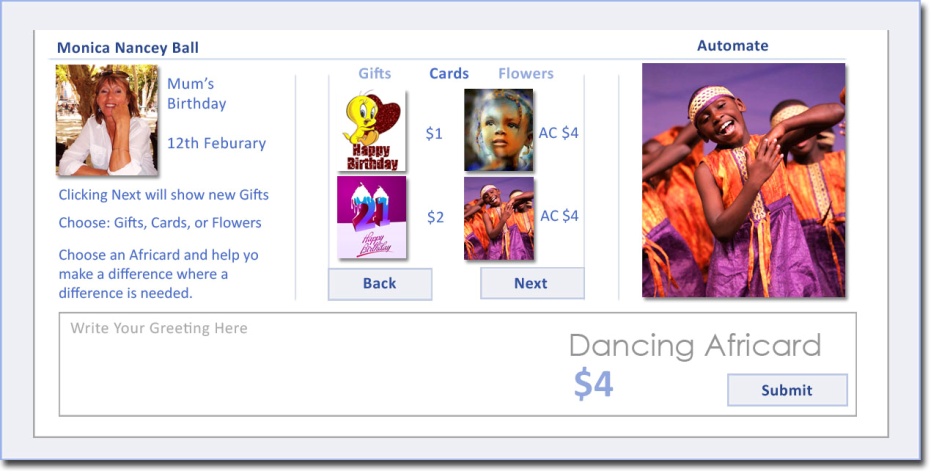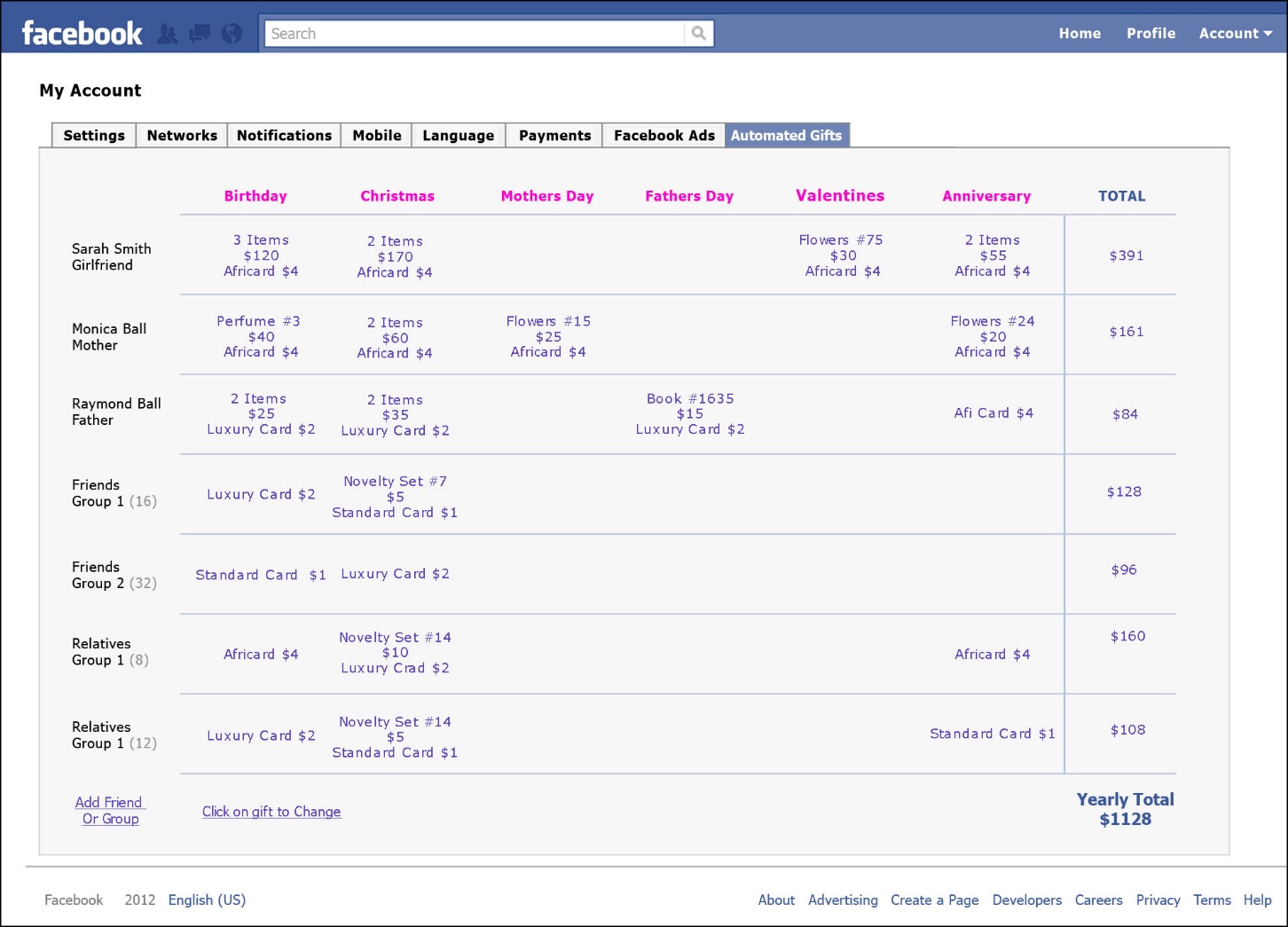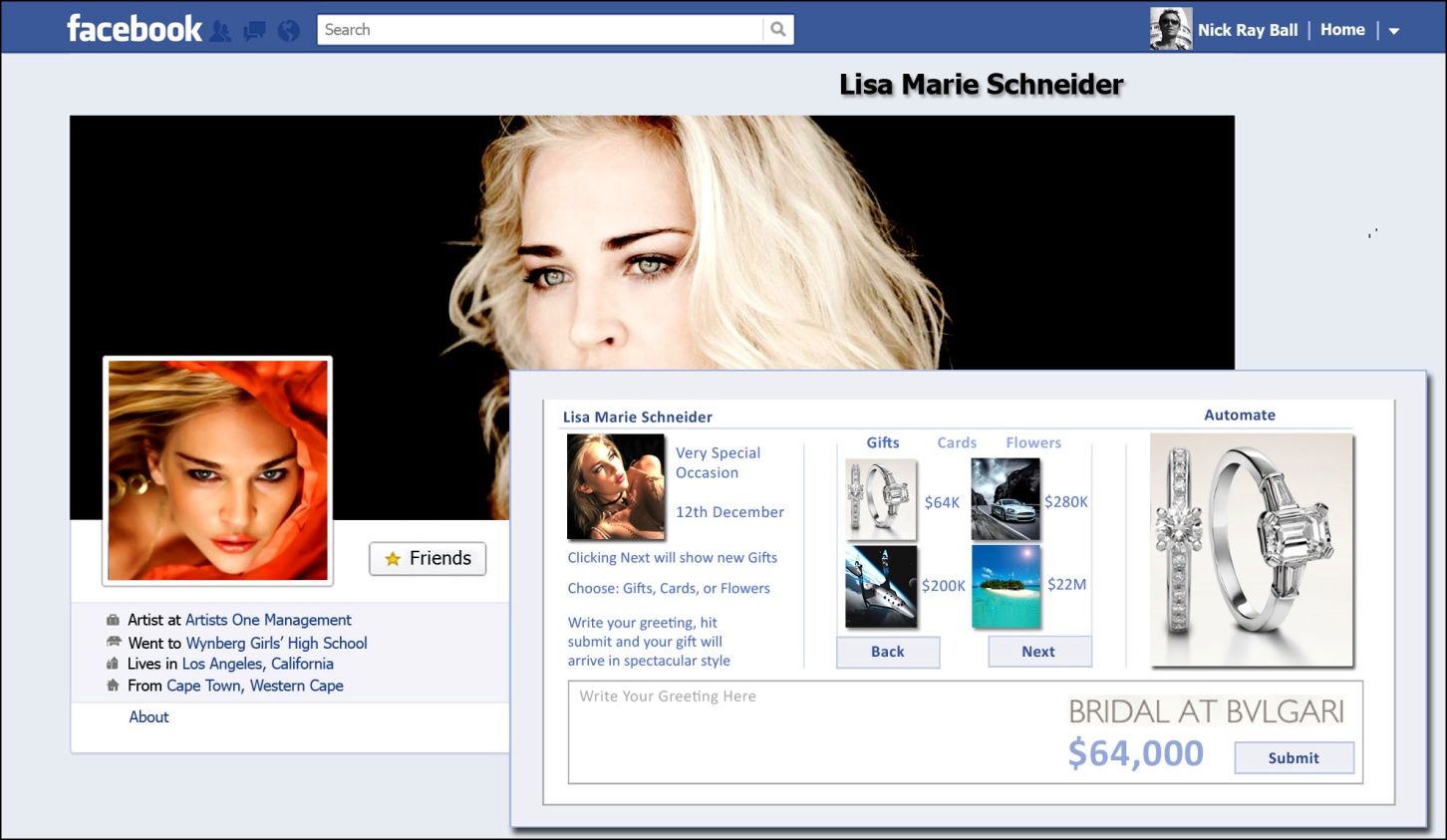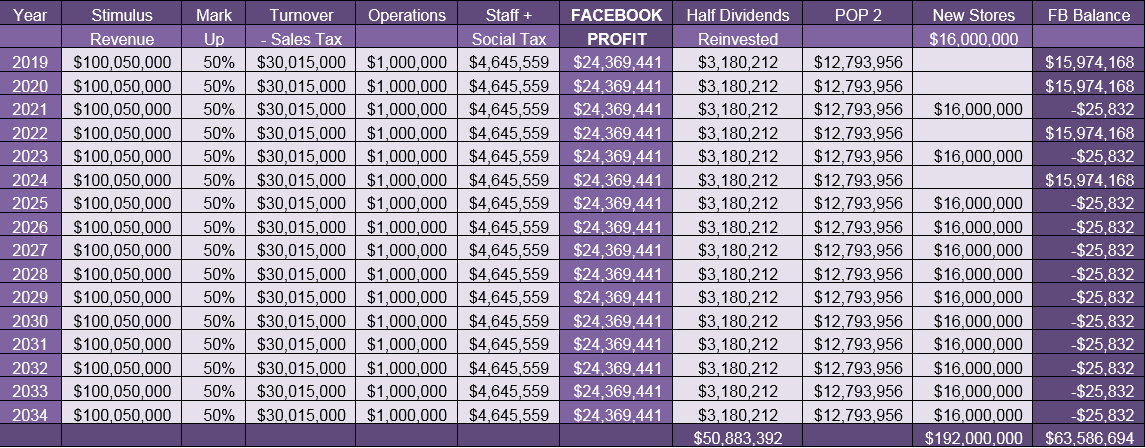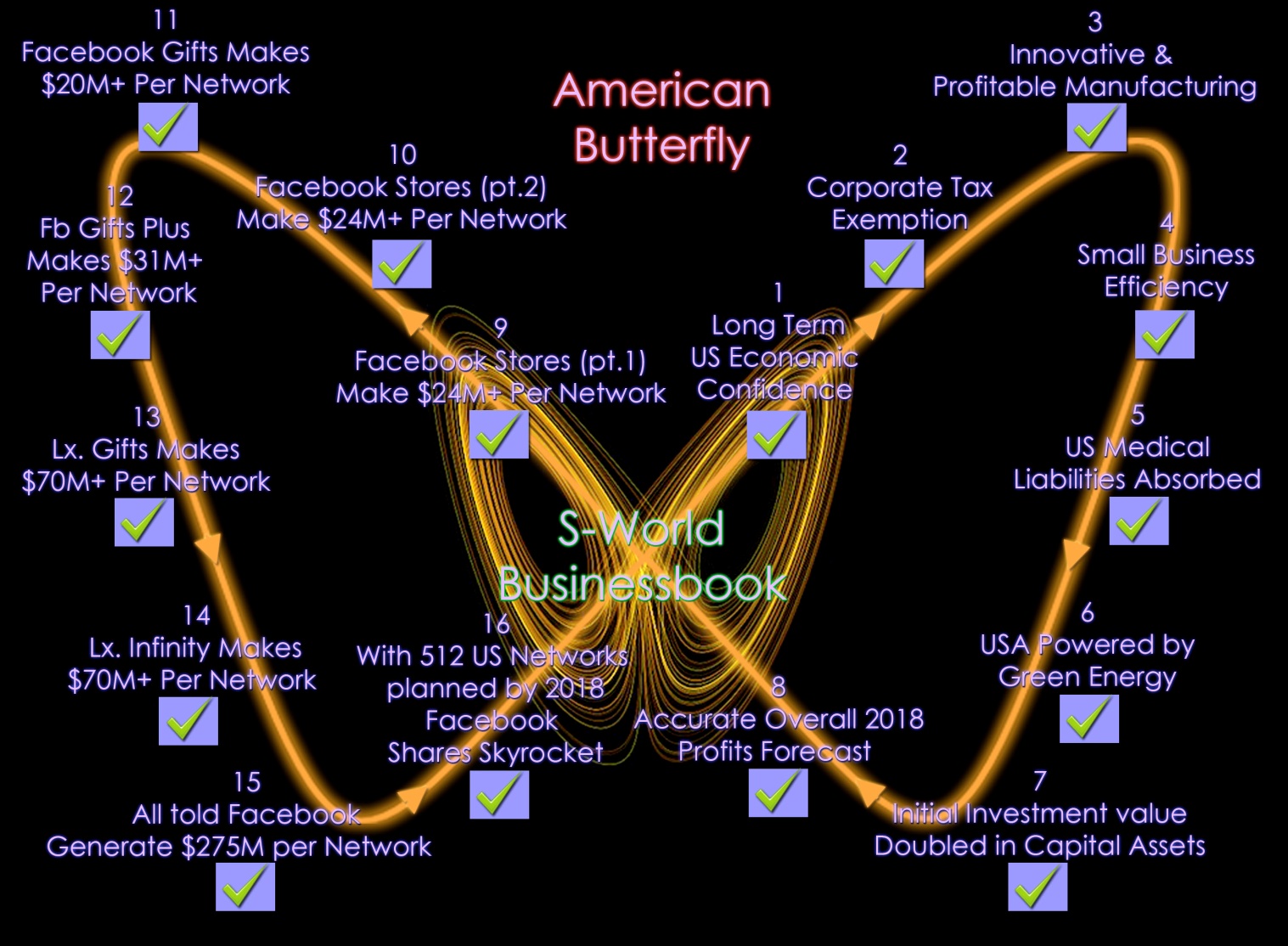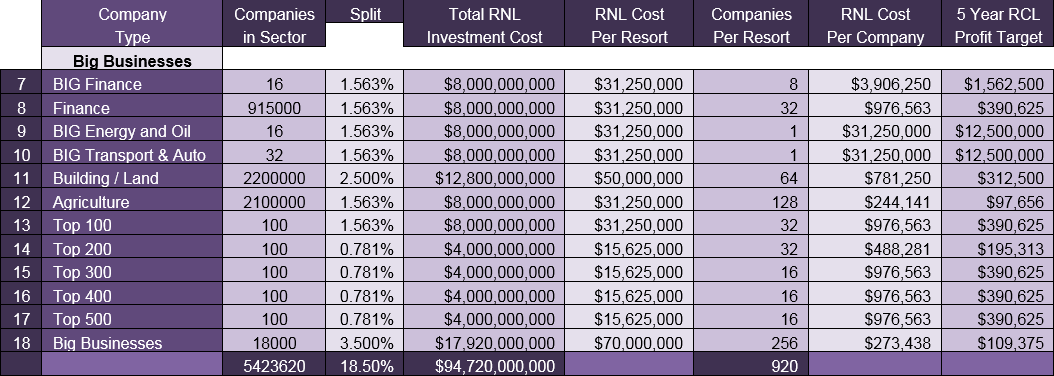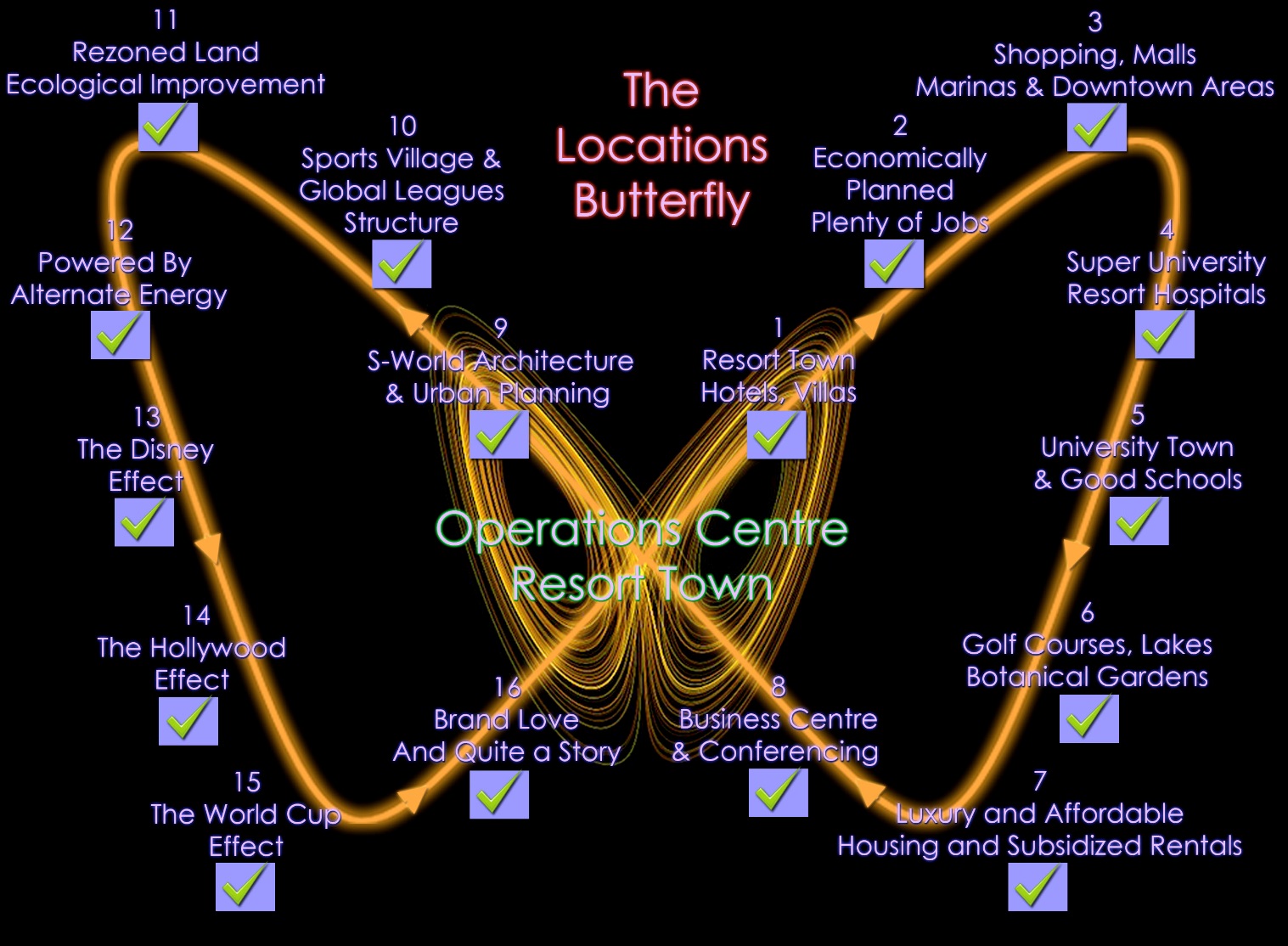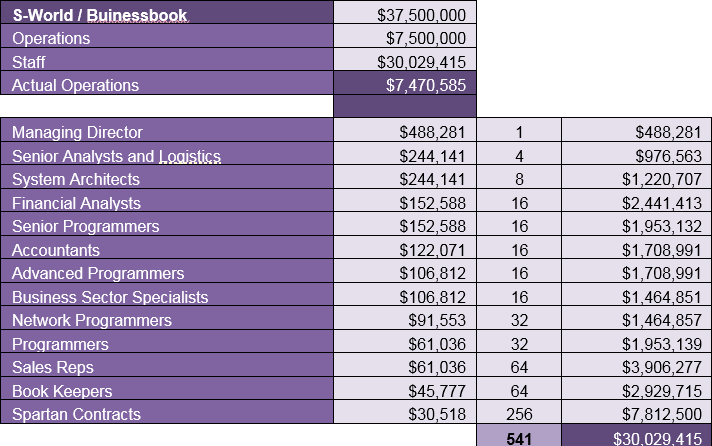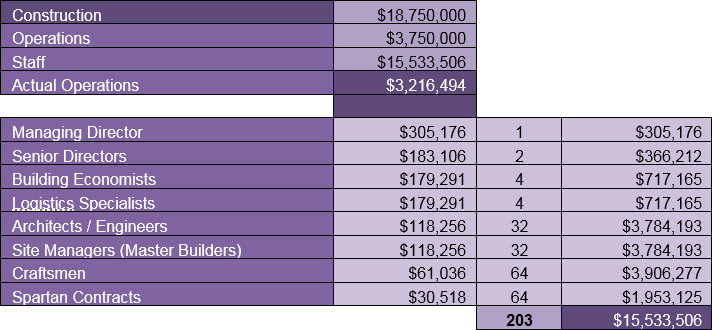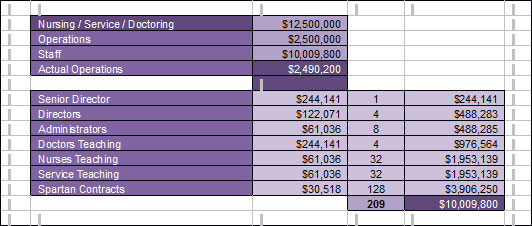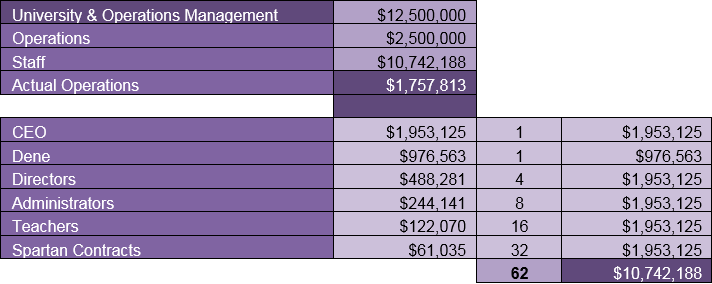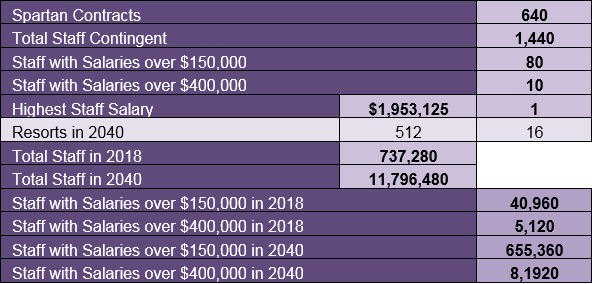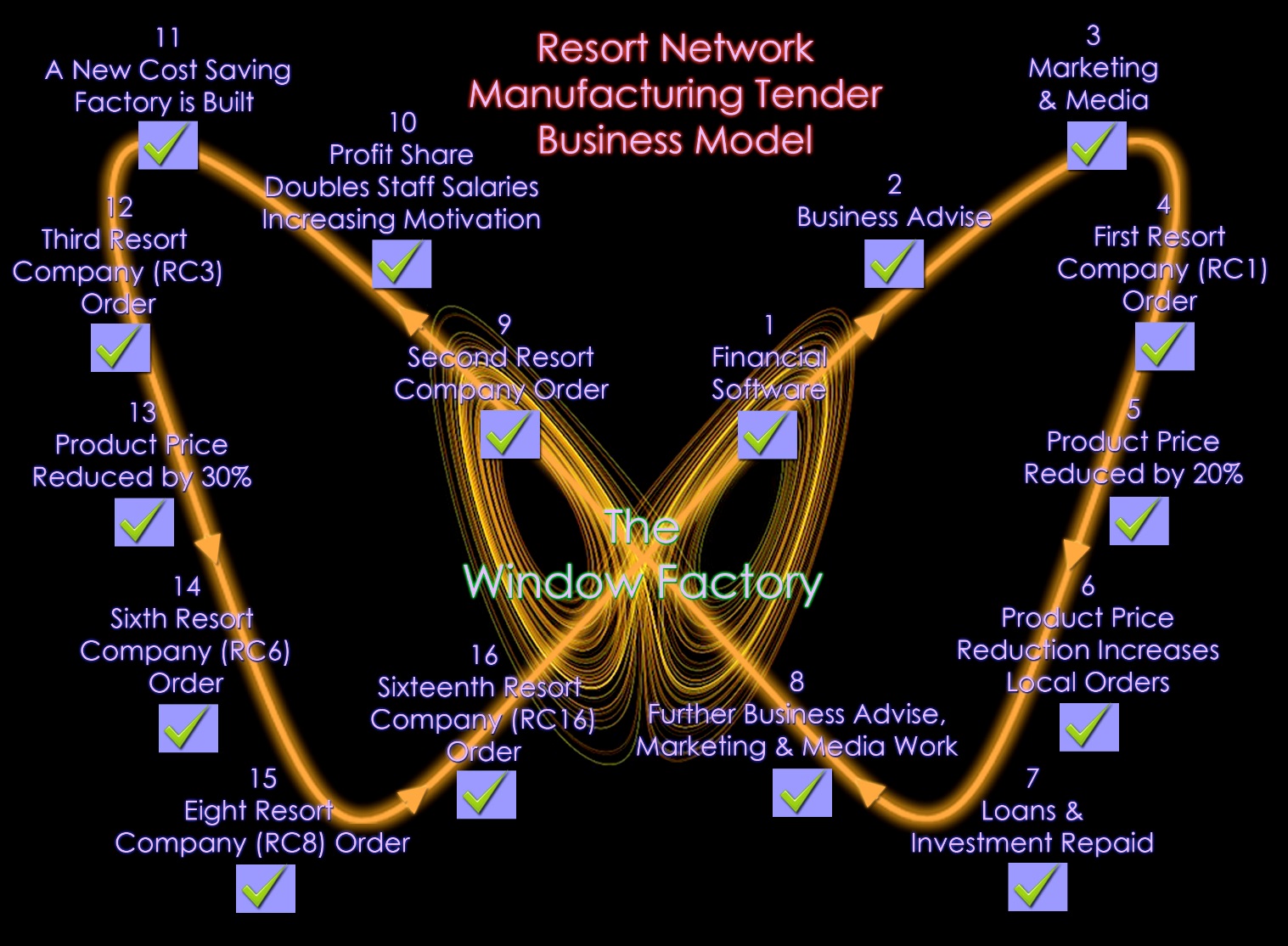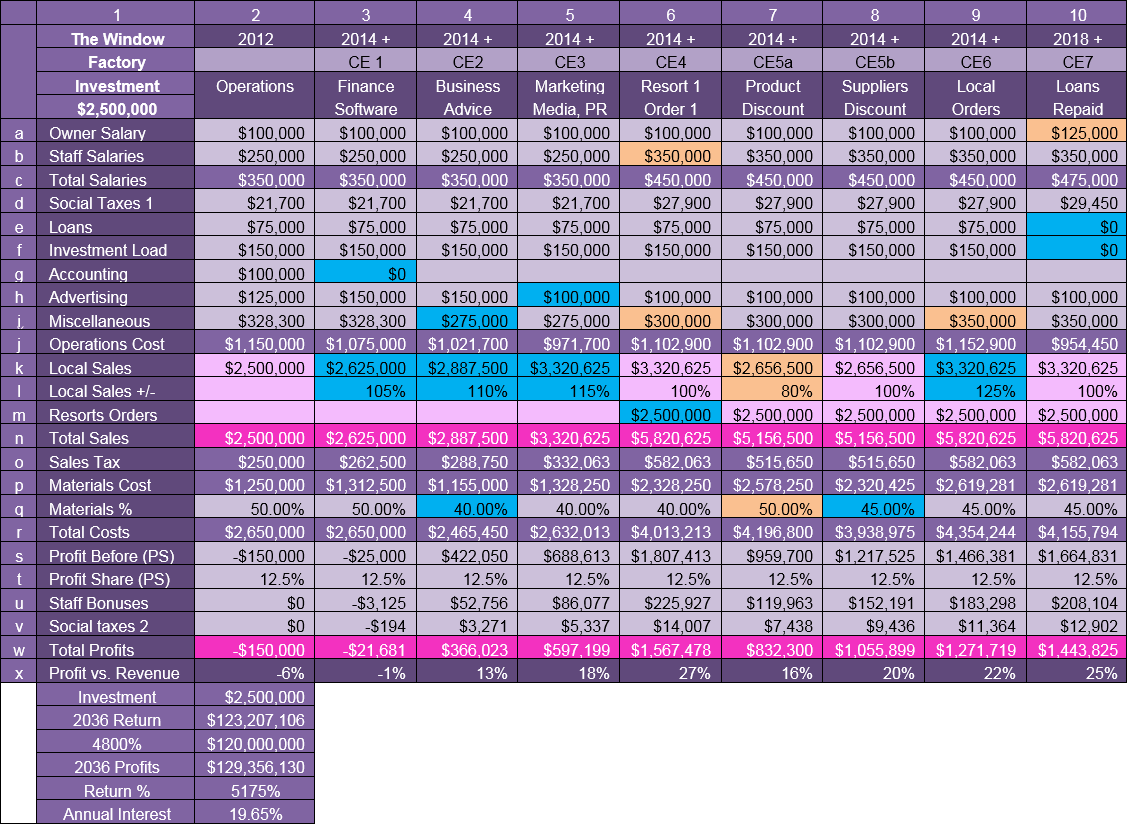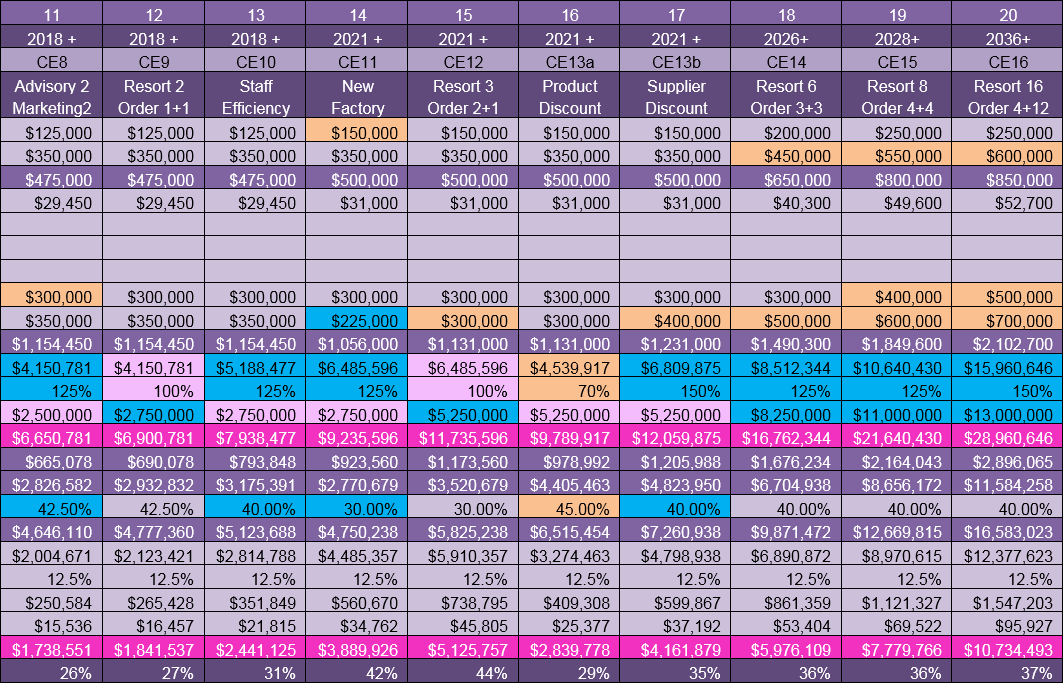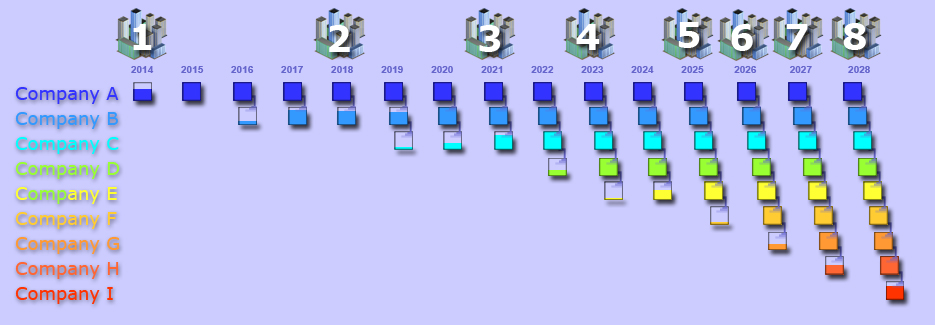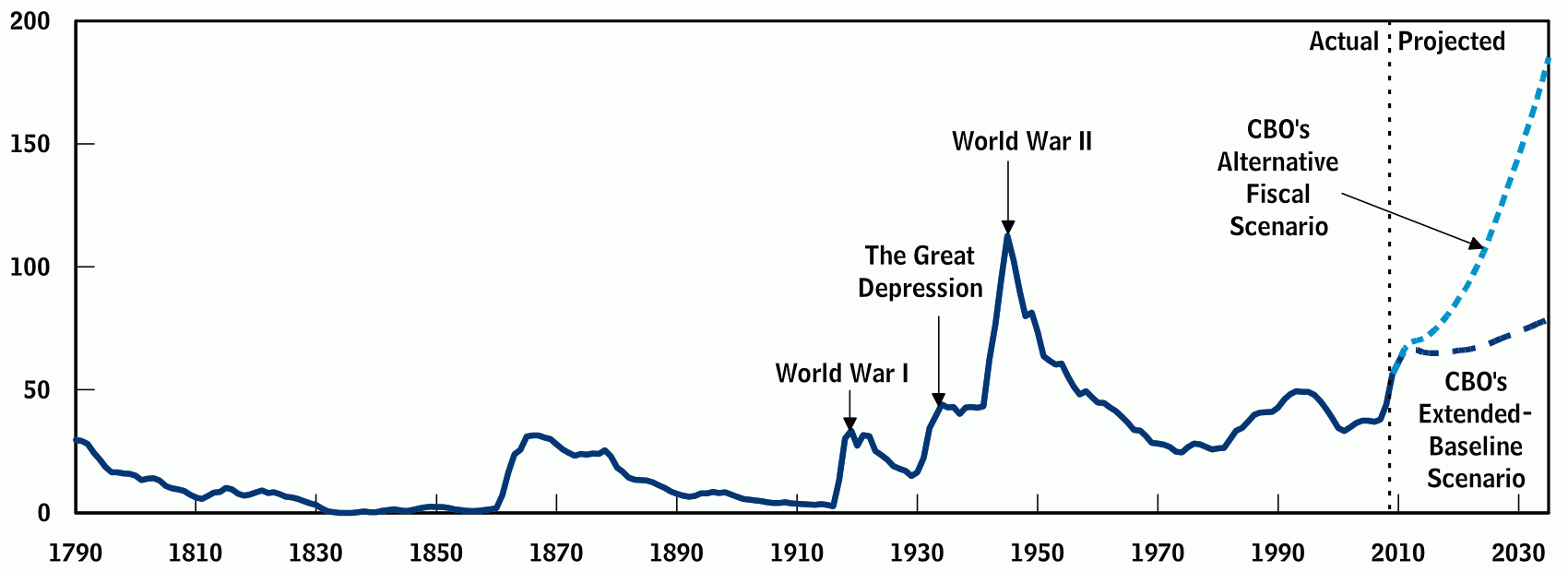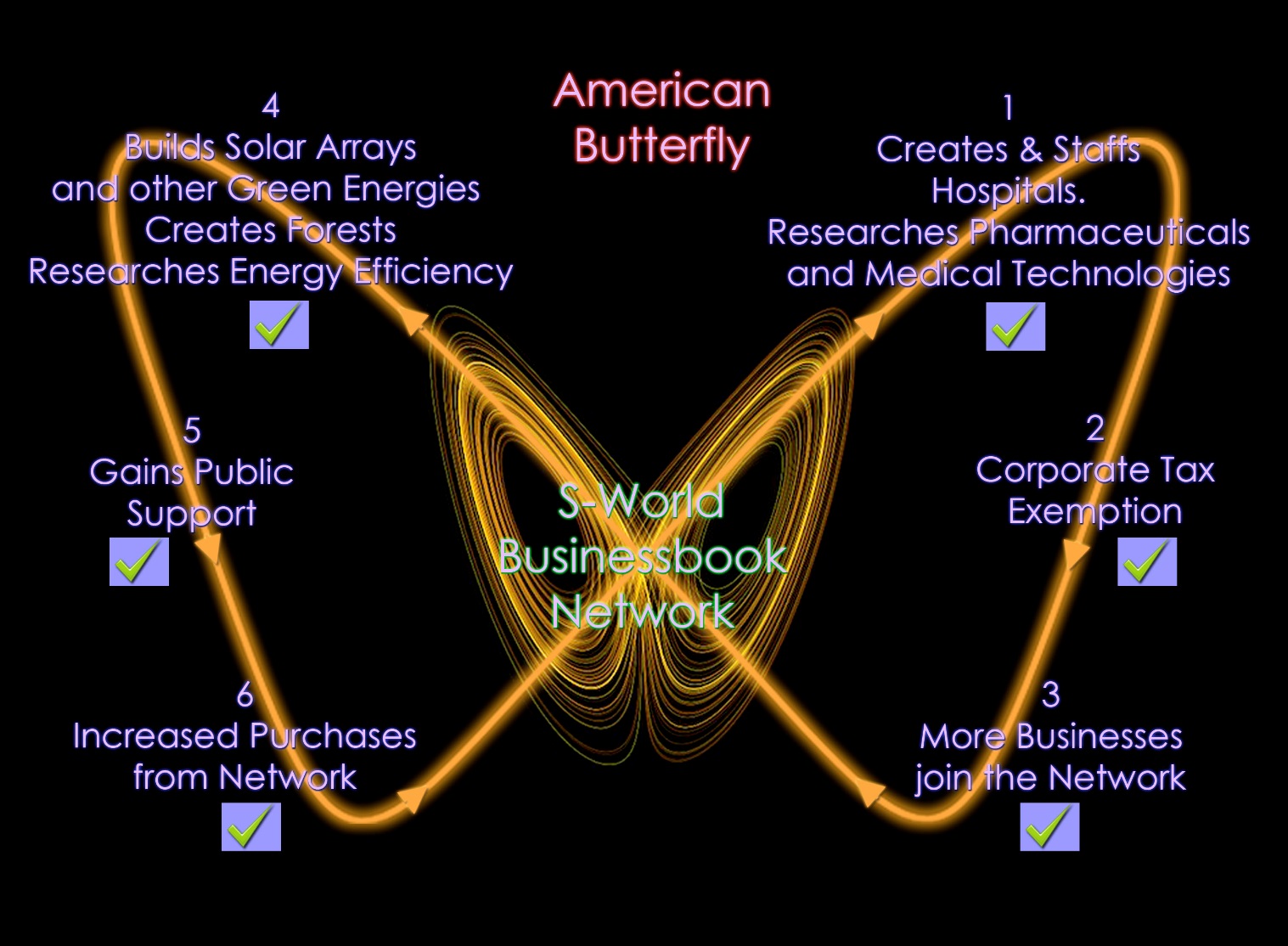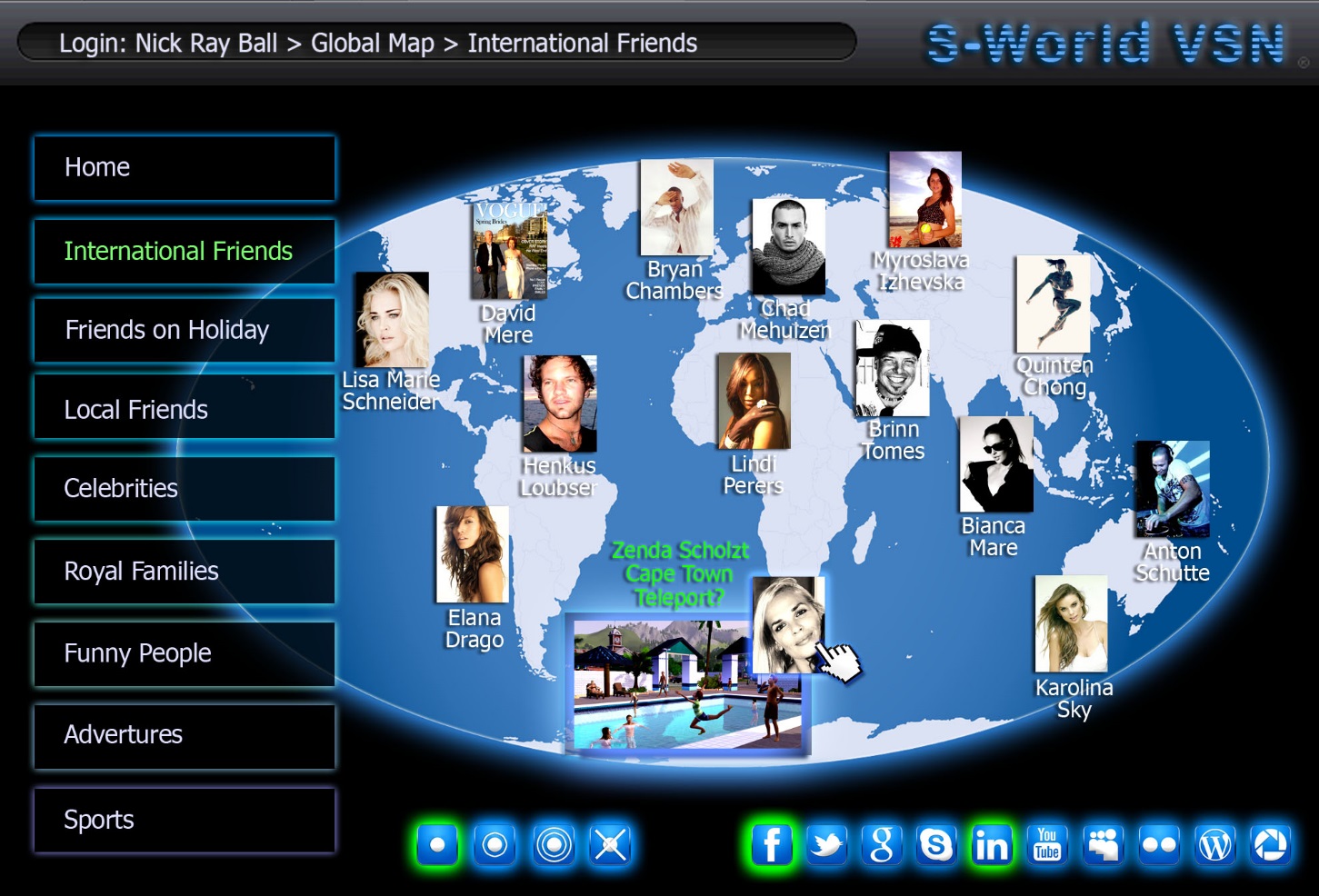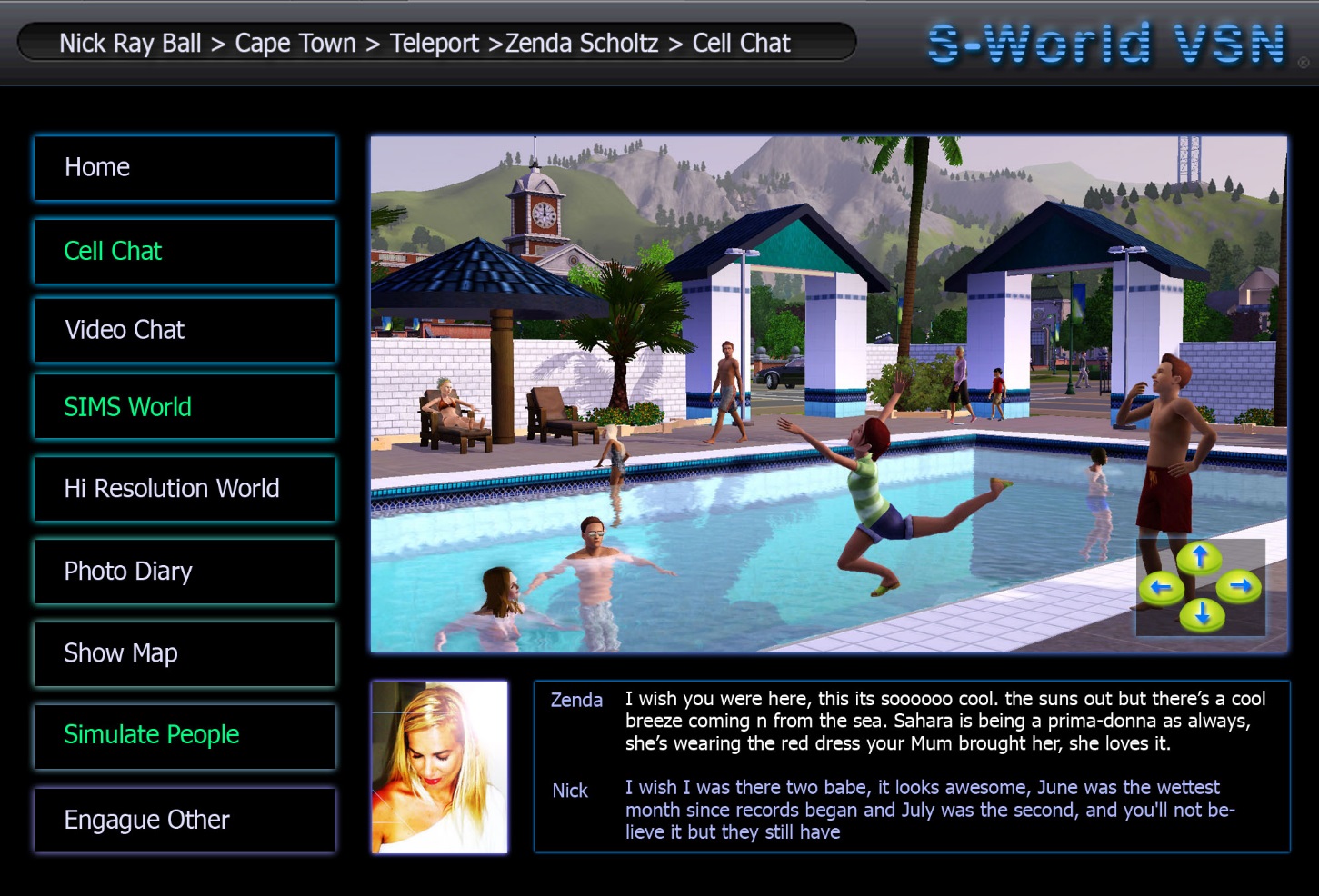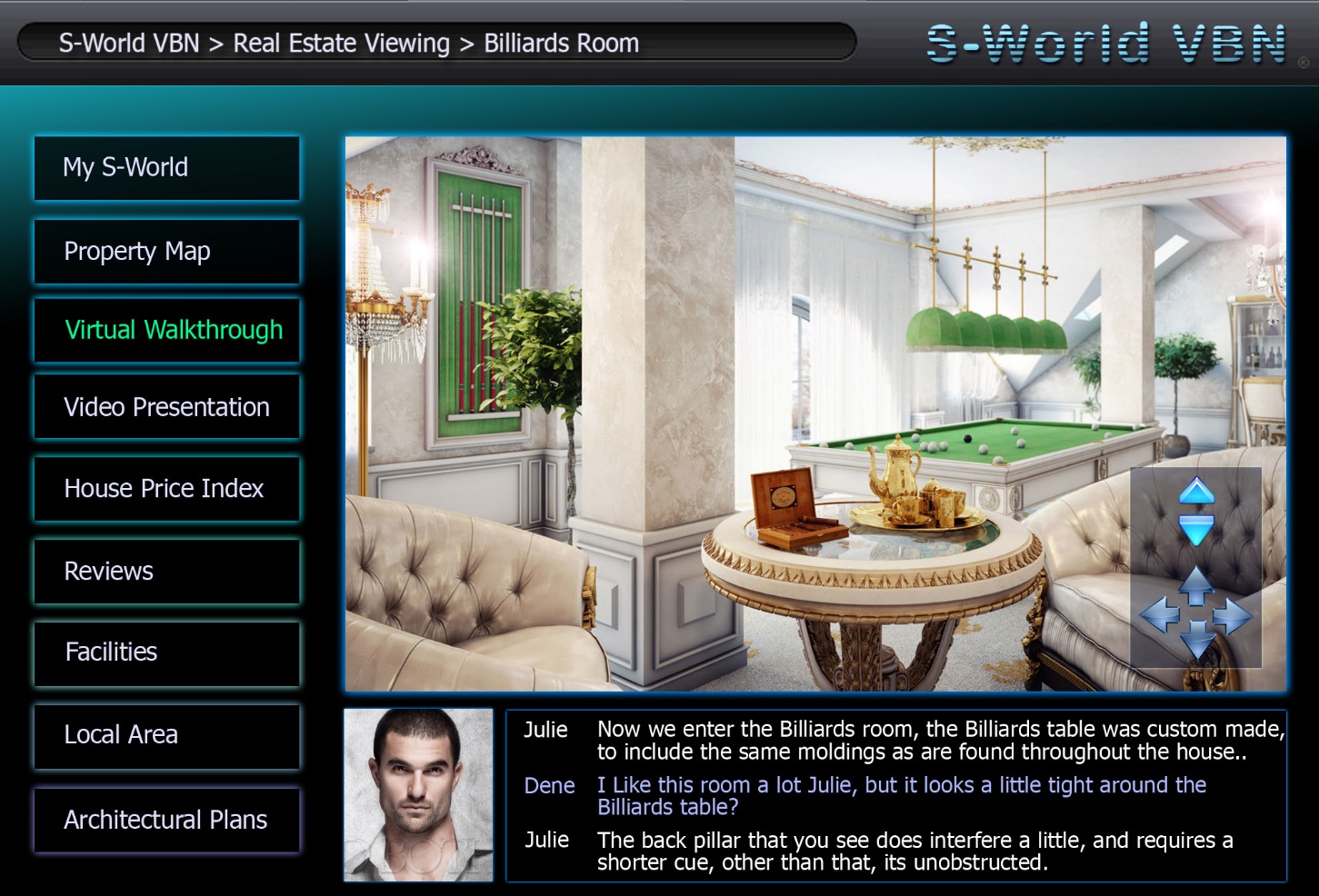American Butterfly 1
The Theory of Every Business
Chapter 8
S-World Universal Colonization Simulator
By Nick Ray Ball September 2012
Part 1. S-World UCS History
Part 2. Facebook Travel – Tutorial Game Page
Part 3. S-World UCS -QE & EEE Scores Page
Part 4. S-World UCS Game play
Part 5. S-World UCS – Special Projects Page
Part 6. Garret Lisi’s “The Theory of Everything”
Part 7. Quantum Time Page
Part 8. S-World UCS Logistics
Villa Mogul
In August 2011 the link http://theglobalchallengeproject.blogspot.co.uk/2009/08/theories-behind-global-challenge.html and explanation as per Chaos Theory to Lee Chazen’s Global Change Project, a new innovation in teaching and learning which pits classrooms across the globe into academic competitions, inspired a new territory gain consideration into the gaming element to S-World, and the start of a dedicated chapter, following on from the S-World introduction chapter which concluded The Theory of Every Business.
But first a name needed to be considered as “The Tutorial Game” was less than inspired.
The name S-World Universal Colonization Simulator was chosen, as it was the most adventurous of the American Butterfly special project initiatives.
The chapter was to tell the history of S-World UCS then present various components, including its ability to be:
- A training and education platform.
- A platform to highlights Special Project ambitions.
- A scoring system that measures companies and staff QE & EEE Scores, and encourages behavior and spending patterns that assists networks ideals and economics.
- A competitive gaming platform which encourages competitiveness, whilst making real business more fun and a lot simpler.
S-World UCS was originally considered in 2004 in the form of “Villa Mogul”, having created many panoramic virtual tours of Cape Town and South Africa including many scenic and various properties and hotels, the images were to become the visual stimulus for a turn based management computer game, based around four games available at the time.
Championship Manager, a soccer management game that relied on team building, tactics and financial management, Railway Tycoon, which intertwined territory expansion and finance, Civilization, which combined research and territory gains and Tropico which detailed the expansion of a holiday resort.
The idea was to create a turn based management game/simulation, where the user started a small travel business and built it into a global travel and real estate empire. The differences between Villa Mogul and other business simulation games available at that time were three fold: Firstly, the Virtual Tours and maps, when displayed in Apple’s QuickTime gave the game a visual edge over its competitors. Secondly, as Villa Mogul was based on a real business, the real business would receive additional exposure and business. Thirdly, the game/simulation could become a recruiting tool for franchises; the players over a certain age with the highest scores given start up funding and a real travel franchise.
However, one problem with the franchising concept was that those who won the game would probably not have the appropriate skills to run an actual business, as such, the system needed to handle finance, administration and customer service, whilst teaching the user various business and marketing skills. So over the following years research went into looking into financial, organisational and CRM (Consumer Relationship Management) software packages, eventually concluding that a combined system would need to be built from scratch, with the financial software linking directly to a bank and master accounting office. In essence, the franchises would not control their own finances.
Looking back, it’s clear that Villa Mogul was a big influence on American Butterfly.
Below we see a look at how the game was to be set up in 2004, as seen within the S-World UCS interface.
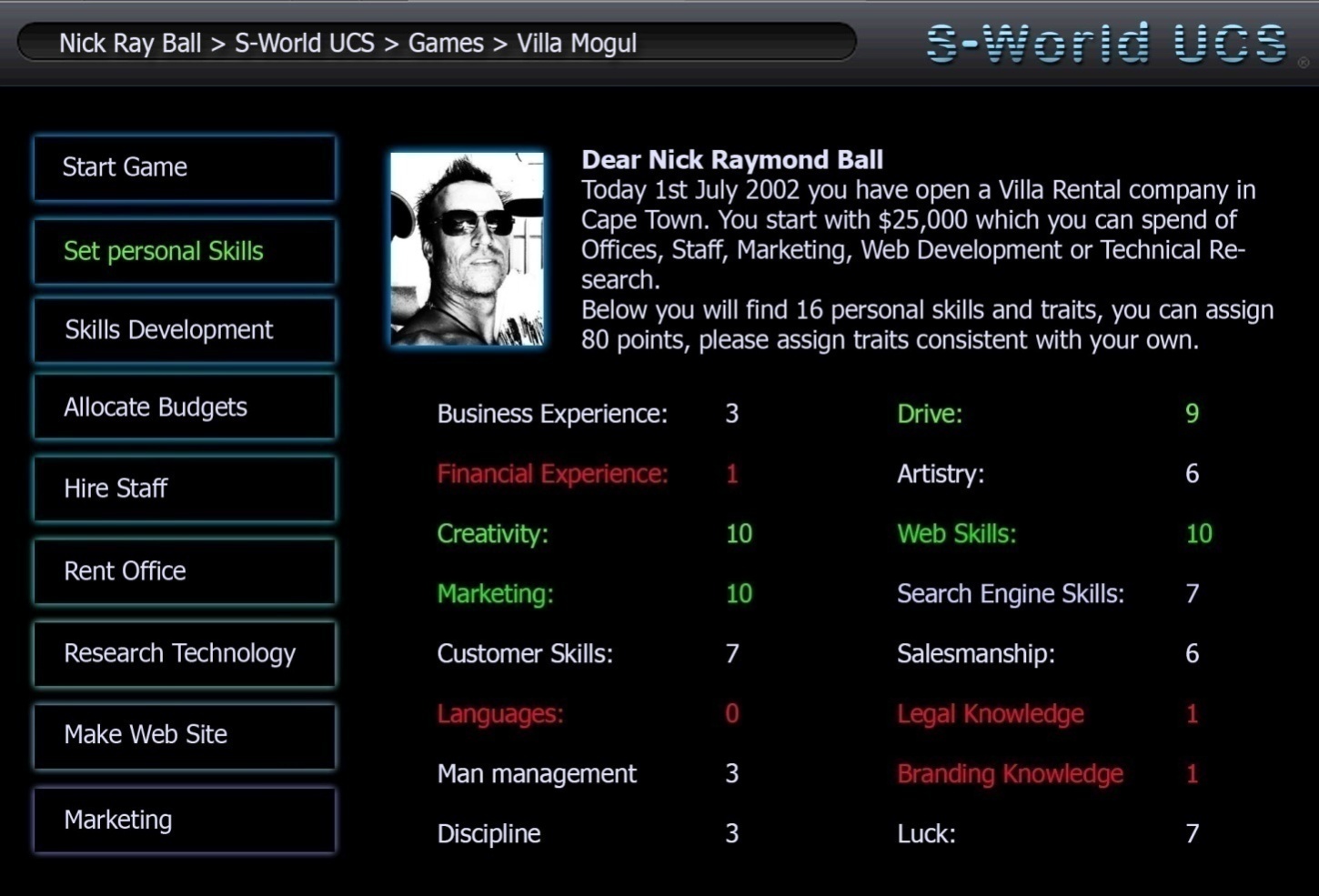
At the begging of the game one sets their personal skills and experience, chooses which skill they wish to develop further, allocate budgets between staff, premises, technologies, websites and marketing.
As one progressed through the game the general idea was to identify the pitfalls in the form of “hidden attributes” which contributed to the dreaded “other” field within the financial accounting section, and to make the player appreciate that if you have adequate marketing and superior visual, unless one really messes up, one will end up on top.
In August 2011, the Villa Mogul game was expanded upon as the first part to the business development plan for Facebook expanding into travel, as seen as chapter 14 on www.s-world.biz.
Facebook Travel – Tutorial Game
The Facebook Travel tutorial game is positioned as the first of the eleven chapters that made up Facebook Travel, chapter 14 on www.s-world.biz.The Tutorial Game was intended to be the first steps into gaining a Facebook travel job, contract, franchise or opportunity, introducing and teaching the user in what is required to be successful.
Whilst this chapter was written around Facebook, most of its content was inspired by the plans for Experience Africa, considered daily for close to a decade. To avoid confusion from here on in, I shall refer to the Facebook Travel as S-World Travel.
The general idea behind S-World Travel was to give individuals the power of a travel agency, including the business tools, websites, marketing and client enquiries. Holiday makers or business travelers would have the options to choose their specific representatives based on their physical location, personal traits, their ratings from previous clients, alongside other items.
I’ll probably get stick for saying this but, for too long the travel industry has been dominated by large and small companies with agents that were poorly paid, many of whom have never been to the country they were recommending and were only recommending venues due to company policy, which was usually dictated by the greater discount offered by suitable accommodation venues, rather than a best of the best approach.
However within S-World Travel, if the vacationer or business traveler wished to visit a particular location, not only are they assured the representative they talk to has local knowledge, they could go deeper. If the traveler liked nature and scenic tours, they would pick a reprehensive who had similar passions, who may take their guests to, or advice upon, the best places to go.
A real life example would be taking a day in the Cape Town Wine lands, with over 200 different wine farms, located within 8,600 square miles (bigger than a network string, and larger than Luxemburg, Mauritius, Hong Kong and Samoa combined) and all guidebooks in general being rather non committal, or worse, bias due to advertising, a day out in the wine lands can be a very hit or miss affair. However having done the research, the answer lies within a selection of about 6 venues in Franschhoek, about 50 minutes from Cape Town, invaluable knowledge in terms of maximizing the experience for clients, available only from locals with a passions similar to their clients.
On the other hand, if the vacationer or business traveler wants to enjoy Cape Town’s nightlife, they would be better choosing an agent who’s trying to break into the film and fashion industry, as they would know where the best parties are and often arrange guest lists and invites for private villa or yacht parties.
Financially, due to the economics of the system, it made the individual representatives or agents about five fold the income earned working for an agency, and so, with the agent and the holidaymaker having similar passions and the representative receiving more money, and venues evaluated by the “per human results search engine” the holidaymakers experience would, in the vast majority of cases be significantly improved.
The tutorial gaming contingent revolved around 20 advances in travel that were to assist individual travel reps and agents in having “the power of a large travel agency” and more.

In 5 categories, the top two lines below the headers displayed advances in travel that had been made in the 21st century; the 20 below were all new, and exclusive to the S-World network. On the original webpage each advance was a web-link leading to a description and further details. For quick access follow this link: http://www.s-world.biz/FaceBook/1_The_FaceBook_Travel_Tutorial_Game.htm
Most of the advances are elaborated upon within American Butterfly in one place or another, one that has not been, was within the Customer Service section CRM (Consumer Relationship Management)
3 – Psychology tests. An extract from the original Facebook Travel chapter follows:
“Like soccer management games, there will be many hidden attributes, a staff member may seem excellent from there viewable attributes, but what you can’t see are some unwanted character problems, such as, laziness, sickly, problems with authority, dishonesty or over ambitiousness. However on the positive side of the coin potential staff could equally have good hidden characteristics such as, loyalty, hard worker, nice to be around, works out of the office well, motivator, or team player.
As mentioned, one of the main objections of the game is to get S-World Travel Reps & Agents to appreciate the new travel advances, if we take the CRM3 – Psychology Tests as an example, this particular advance can reveal the negative or positive employee traits.
However, these “Physiological tests” will only be available after playing the game for quite a while so, within ones game, by the time one has researched this technology he/she may have quite a few staff members.
As soon as the CRM3 – Psychology Test advance is researched, all the attributes of the worst traited staff member are shown, and you see how much money has been lost and how many game points he/she has lost you.
I will give an example of a test I have used many times over the years, always with surprising accuracy. To see the entire test follow this link http://www.s-world.biz/FaceBook/CRM_Psychology_Test.htm, this test in particular, would be performed at an interview to determine whether an employ has genuine excitement for the job, or if they are just looking to pay the rent. Question’s 3 & 4 tells you a lot,
3. You are on a journey, you come to the end of suburbia and in front of you is nature. Describe the nature that you see?
4. Is there a path?
If the interviewee has a thick forest without a path; they are working until something better comes along. On the other hand, an applicant who describes a flower covered meadow with a large path in the middle; will most likely be a very willing employee that sees his or her future with the company.”
Collectively the 20 advances, in particular S-World VSN (Virtual World 1 & 2) give either an individual who wished to make some extra income by becoming a solo representative or an individual that wished to create an agency, the power of a travel agent and more, actually, much more. Further, starting the candidate off in the past, so the candidate needs to earn the advances, then learn how to master them, teaches the candidate not only how to use but also how to appreciate the technology and understand why it was created.
Other significant sections within the original tutorial game chapter include:
A points system
“One can gauge overall performance easier by points, or points per day. The idea of having points is, to show long term growth, vs. short term gratification. For example spending money on add boards and mass marketing campaigns, will make more bookings and so money, but spending more time winning customers hearts, and making affiliate relationships, will, more often than not, over time, create a stronger business. By analyzing ones points per minute one can gauge ones long term strategies likelihood of success.”
An early version of territory gain
“One point to highlight in the S-World Travel Tutorial Game is that it is not simply a management game, like Football Manager or Zoo Tycoon. It is also a territory advance game, like Civilisation or Age of Empires, but instead of making an army, one battles for market share. An attack would typically involve, making a superior website in another’s area, marketing campaigns, out bidding rivals for Pay per Click’s advertising, trying to make favourable relationships directly with competitors’ suppliers or undercutting competitors’ prices.
Whilst this approach would be more fun to some gamers, in the long run, more often than not, it would not be as effective, as one would have to set up a base in the new location, which can be costly and time consuming. Diplomacy on the other hand see’s one making an alliance with a partner in the location one wishes to expand into, such actions costs little or nothing to set up, often just a few emails.
For example, if the game is started in Cape Town, South Africa, dealing with luxury villa rental, every now and again clients will wish to book a safari. Making a partnership with a safari specialist will make a good source of extra cash, if the client that enquired about a villa also books a safari. Indeed by the time one has included peripherals often there is more to be made from the Safari booking than the villa booking.
Another good example, is in considering Cape Town is for most a winter sun holiday, as such making partnerships with other suppliers of other winter holiday’s increases your chance of making bookings, should ones clients from previous year wish to try a new location, such as Australia, Thailand, Brazil or skiing in Europe or the USA. One of the main things we are looking to achieve from our S-World Travel Reps and Agents is cultivate repeat business, and develop relationships for life.
NOTE: To really maximise supplier partnerships, gamers will attempt to make reciprocal arrangements, where new partners include villas in Cape Town on their websites.
The above affiliate partnership process, whist one of the most effective ways to win the game at the beginning, becomes far simpler when the advance in marketing technology “S-Web/Free websites” opens up, this technology instantly reveal’s partners across the globe, and web site development costs are free.
In this example what we are trying to accomplish, is to get our Travel Agent to really appreciate the Free Websites technology, having respected the amount of time it takes them to develop partnerships in the game and how much extra money it made. At the same time teaching them how to use the website building engine, which builds amazing looking well researched comprehensive travel websites in areas our reps wish to represent, which can be used in real life.
General points on game play
- If the rep does not have good personal admin and financial attributes, until the finance software is researched, they will see the dreaded expense column “Other” increase rather quickly.
- From the beginning, having an excellent website and images is essential to attract customers.
- Shops and offices are often a waste of money, especially at first.
- Sales staff who excel, may leave and start rival business if they are not nurtured into partnerships or financially incentivized by, profit share or increased commission, or a status title, (Note the Psychology tests let you know what incentivization are most effective in pleasing employees)
- Trying to sue anyone is often a waste of time, expensive and time consuming.
- If the Travel Agent does not have good warm and friendly characteristics, they need to hire someone that does or the company loses repeat business.
- Stock is king, the more stock, the better chance of negotiating lower rates and the client has a better chance of the finding his dream venue.
- Developing higher discounts (STO’s) from suppliers is a good way to improve profitability.
- Getting exclusive stock so the S-World Travel Reps and Agents can affiliate market to travel companies around the world is an excellent way to improve, but mind, property management is not to be taken lightly, outsourcing the management whilst retaining exclusivity in marketing is often the best route.
- One overall factor to win the game is customer service, time spent with clients, when they arrive, during their stay and on departure (if they wish it), then after they have gone home. It will be a factor that can be easy to work out, but time consuming, until the CRM advance CRM2 – Client Gifts is available, which will send previous clients, cards and gifts on special occasions.
Creating a global travel network
On my birthday the 2nd August 2008, I woke up with the idea of how to turn the game into a real life global competition. By giving the top 8 or so winners in different locations their own travel franchise and a $100,000 start up kitty, which was hoped to come from game royalites. Where-after their progress was to be followed the via a TV reality/game show. The critical element in terms of popularity was to include one expert business person such as Sir Richard Branson helping each contestant and franchise, advising and teaching the companies. By the very nature of the exposure from the TV show all eight contestants would do well, an early example of circular events.
Unfortunately in practice, at the time it was unrealistic, who would look after and greet the clients? It would need a team of people and a lot more start up funding.
Now however within a social networking environment, instead of looking for one good rep or agent per territory, we can look for hundreds and thousands, and due to the advances, there is no need to offer start up money, training, offices…… no costs at all really, the S-World Travel Rep or Agent, being quite happy with their commission, which would be in the region of 5 times what a normal travel agent would earn often between 10% to 20% of the booking value.
By playing the game, S-World Travel Agents and Reps will be well trained in what it takes to make it in the travel businesses and have a good grounding of business in general. Plus they will be experts at using the systems, technology and advances. They will see how easy it is with our advances, to create a real business for themselves and those that wish to can apply for S-World Travel Agent or Rep positions.
If the applicant passes the interview, one simply starts the game again, but in real life with as many technical advances as are currently developed, enquiries will come to them from real life people and companies, and they get to the job of converting enquiries into bookings and treating clients like kings, but unlike the game, now whenever a rep or agent makes a booking, they get real money into there a real bank account.
Lastly, getting back to the TV reality show, now through social networking and S-World Travel Reps & Agents there is a good opportunity to launch an interesting game show, the same as before, but the S-World Travel Agent can work with S-World reps across the globe, so solving the service problem. “Who wants to be a S-World Billionaire” would be a fun title following 16 different S-World agents, all aided by a prominent business men or celebrity, in a ongoing competition to make money and please the customer, each representing a different region as mapped out here http://www.s-world.biz/FaceBook/16_Global_Territories.htm
The additional interest and coverage from such a TV show will highlight too many, the opportunities and advantages of working not only for S-World Travel, but also the many other industries that S-World and the advances can be adapted to.
Having highlighted the competition between these 16, it will make the general scoreboard of all S-World Agents & Reps more significant, a general scoreboard of all agents and reps will be available, not only does this turn their now, real life business back into a game of sorts, it also makes a perfect meeting forum, for Reps and Agents to network across the globe when they have clients going to areas they do not know, it also gives clients the opportunity to see the experience level of reps and agents.
The scoreboard will also calculate the total amount of money spent in terms of special project spending.
S-World UCS
The concepts, Villa Mogul and the Facebook Travel Tutorial Game were innovative and offered an improvement in travel in general, from choosing agents with similar tastes to viewing venues in S-World VSN. However, as far ahead as it was in comparison to what is available within travel today, there was a large element of uncertainty in terms of territory gains, be it affiliate or conquest.
One could program the game to behave and concede at a certain point, but in real life, it does not always work out, alongside this came the consideration, that within American Butterfly we are long past considering a travel application, rather the tutorial game needed to span many or all industries, plus it needed a better name.
Enter S-World UCS, Universal Colonization Simulator, and a simple consideration…
Instead of giving construction suppliers butterfly tenders to all 256 US first phase mother networks, we could half the amount or quarter it, and in so doing the territory battle will be for the vacant lots. This territory battle was certain, well, it was certain that someone within the network would win against another. Further, in the same line, one could encourage groups and partnerships between different suppliers, to bid for the tenders.
In addition, one could make tenders not simply about price and quality, rather one could introduce a points system that ultimately made the network more efficient and encouraged behavior in line with network ideals, be it ecological ideals, philanthropic ideals or complexity saving ideals such as galactic colonization, hence the name S-World Universal Colonization Simulator.
S-World UCS – QE & EEE Scores
For every game there needs to be a score, be it the owner of The Window Factory conducting real business or Aamina a 17 year old girl in Ethiopia, who via the extensive education applications within S-World UCS is learning English, studding, taking exams, familiarizing herself with the business systems and looking to find which industry which she enjoys and excels at, hoping her score will see her recruited to a resort network, science or network city. I appreciate most in Ethiopia do not have a computer let alone internet access, however this point is covered within the second and third American Butterfly books, within “Angel POP.”
The score for S-World UCS is not simply how much money one accumulates, this is of course important, but as important is a companies or individuals EEE and QE Scores.
The EEE (Ecological Experience Economy) score takes into account a number of factors: Ecology, Research, Philanthropy, Sports Media & PR, Systems Knowledge, Consumer Rankings, Suppliers EEE Scores & Other Items.
The QE (Quantum Economic) score is a company’s or individuals “Profit vs. Revenue Ratio” percentage.
Below, once again we see the Profit vs. Revenue analysis for The Window Factory as seen in chapter two, presenting a total QE Score of 58.9%, which tells us, for every dollar The Window Factory receives 58.9 cents will be made in profit by the network. Split into five profit centers: 30.8 cents directly via “The Window Factories” sales, 21.6 cents via their materials suppliers, 2 cents via their media and marketing companies, 2.1 cents from staff and 2.4 cents on miscellaneous items

The Window Factories 30.8% score is simple; The Window Factory received $7,938,477 in revenue and generated $2,441,125 in profits. The profit is divided by the revenue equaling 30.8%.
At 21.6%, the second largest contribution is made via their material suppliers, in this case we have three main suppliers of Aluminum, Glass and Handles.
Within the set up of each resort network cube (8 mother networks close to each other), all businesses types within the construction industry including material suppliers will be recruited. These new business will be working the exact same suppliers butterfly model, supplying their own individual components. As such, when The Window Factory makes an order from a company in the network that supplies glass, then, this company will have a similar QE Score.
This being so and lowering the average QE score a little to 54% of the $3,175 391 spent on supplies 54% will be recorded as network profit, to one company or another. So we divide the $3,175 391 spent on supplies by the estimated average 54% QE Score of the suppliers, leaving $1,714,711 in profits for the network, 21.6% of overall revenue taken.
At this point we add the Window Companies $2,441,125 in profits which created the initial QE Score of 30.8% to the Window Factories material suppliers, adding a further 21.6%, where-after via the same principle, we add the smaller additions from media, staff and miscellaneous spending, increasing network profit by 6.5% adding up to the Window Factories overall QE score of 58.9%.
Initially the QE Score was considered as a way to keep track and optimize network profit within renewable energy projects. For instance, if the network was to invest build a giant dam that cost $2 Billion to build, how much would network companies make in profits in the process of building it?
However, on conceptualization it was adapted to look at tenders, collectively, a typical resort network may spend $2.5 Billion on various construction activities.
If within the resort network, all companies have a collective QE Score of 54%, then, on average, from the initial investment money, the various network construction companies and their suppliers will have generated $1.35 billion in profit. This profit alone, is enough to cover the profit required for the first three years of all Baby POP and network expenses: $200 million in year one, $400 in year two and $600 million in year three. Leaving a further seven business sectors of equal size to generate additional profit, or just get settled in.
S-World UCS Interface
Below we see how S-World may present various statistics to users, in this particular window, “Suppliers QE Overview” we are looking at the suppliers QE scores, which range from 46% to 60%, obviously in terms of improving the window factories overall QE Score, changing to suppliers with higher scores raises the window factories total score, however QE scores are just one element, price, consumer ratings and EEE scores are all important.

Staff QE Scores
Before moving on to EEE scores, we shall examine the QE scoring for staff and in so doing explore the very heart of S-World’s Economics: “The analyses of transactions made by every person every day.”
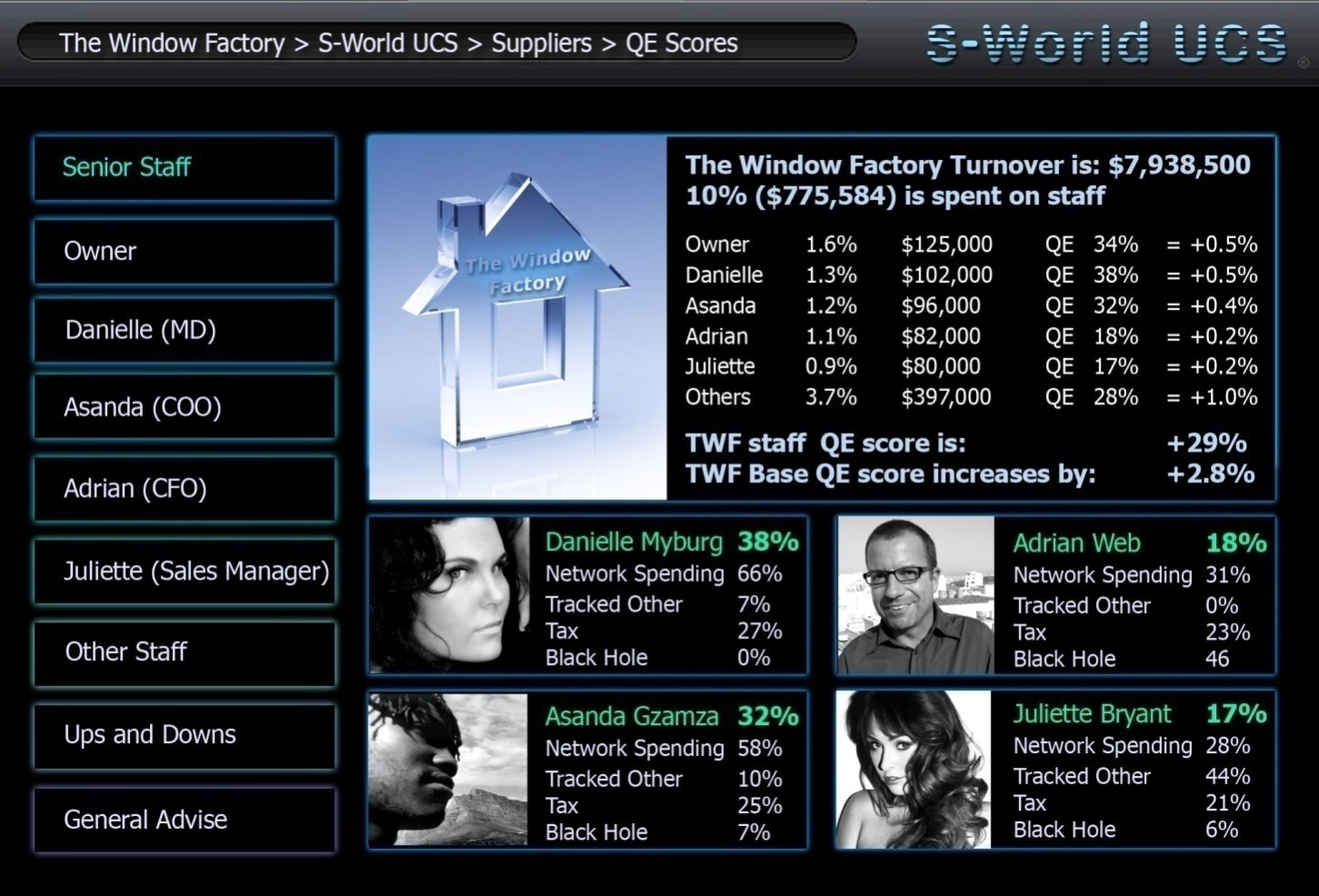
In 2018 the Window Company is forecast to spend $7,938,500, 10% of which is on staff, in the example above we see that of the 10% of revenue spent on staff 2.8% is turned into profit for various network companies.
Staff spending is broken down into 4 sectors.
Network Spending: Money spent on goods services and shelter directly from network companies.
Tracked Other: Money spent on goods, services or shelter directly from other companies, in such a way as it can be tracked, for instance goods purchased via a network affiliated bank card, or a mortgage paid via a network affiliated bank.
Tax: Is all taxes paid.
Black Hole: Is cash spending, or spending via financial institutions not affiliated to the network.
Please Note: Staff members “QE” and “Black Hole” scores directly affect their bonuses.
Please Note: In 2018, the Window Factory financial forecast predicts that profit share would be equal to basic salaries. Profit share and bonuses are always paid via Network Credits; this being so, all staff will have spent a degree of their income on network goods, services or shelter.
Analyzing individual Staff QE Scores:
Danielle Myburg: Danielle has the highest QE Score at 38%, Danielle spent 66% of her income on network goods, services and shelter. Each purchase Danielle makes is multiplied by the QE score of the supplier she purchased from, be it the house she lives in or her weekly shopping. To gain her 38% QE score, on average the companies she transacted with would have had a 58% QE score.
Danielle spent 66% x 58% = 38%. Note, the higher the QE score of the business Danielle purchases from, the higher her score will be.
In this example we are highlighting Danielle as the “poster girl” for QE scores; she really cares about it and is proud of her high score, either as it awards her a higher bonus, it impresses the boss and indeed the system, or she is simply in tune with the overall ecological, economic and philanthropic goals, most likely a combination.
With a “Tracked Other” score of just 7% and no “Black Hole” score, it is expected that Danielle lives within a resort network, so housing and most daily expenses generate profit for network companies.
Asanda Gzamza: By the looks of things Asanda also lives within the resort network, or at the least lives in a house or apartment built by the network in the greater local community. Asanda is not as clinical as Danielle with his spending, but still has a respectable QE Score.
Juliette Bryant: Juliette lives outside of a resort and likes where she is living; there are no “outside” developments in her town, albeit the system records Juliette’s interest to purchase a house in her local town, if there is enough interest, a development will be built, from a handful of houses to a Golf Estate.
Juliette will be penalized for her lower network spending, but as for the best part she is using network affiliated financing she lowers her penalties. Added to which she has the option to mitigate her losses by earning e$ (EEE Dollars) (EEE = Ecological Experience Economy)
Adrian Web: Adrian spends little of his spare money on network purchases and is not using a network bank hence a QE score of 18% and a Black Hole rating of 46%, this is not good.
The low network spending decreases profit for all, and in so doing slows down the ecological, medical and philanthropic initiatives, alongside decreasing the profit for the Window Factory, which in turn decreases the profit share for Adrian and his colleagues.
The high black hole score limits the PQS’s ability to count and so predict/enact/control future growth or decline, alongside which, money could be falling into the wrong hands.
The spreadsheet below illustrates the effect QE and Black Hole statics has on profit share allocations, this however is the starting point, where-after other factors, such as EEE scores and general performance contribute.
In this example all four employees have the same $70,000 basic salary and the bonuses pot is $280,000.

Firstly the salary is multiplied by each staff members QE Score, this figure is then pro rata increased so as to account for the entire bonus pot. (Bonus Sub Total 2)
From here the bonus is multiplied by each person’s “Black Hole” score, which is then recorded in “Bonus Deduction” This figure, is deducted from staff salaries and donated to a “Special Project” of the staff members choosing.
Lastly tax is calculated before arriving at the take home figure.
As we can see, having a low QE score and a high Black Hole score dramatically affects bonuses, Adrian receiving a $16,000 bonus in comparison to Danielle who receives $101,000, indeed Danielle has benefited from Adrian’s losses.
At the same time $30,777 has been raised for “Special Projects” Ecological or Philanthropic projects which will be detailed shortly.
Fortunately for Adrian QE scoring only affects 50% of the bonus pot, EEE scores directly address the other 50% before performance statistics then affect the sub total.
EEE Scores (Ecological Experience Economy)
Retrospective note: The exact process for defining EEE Scores and awarding EEE Dollars ($e) is a fluid concept, to be defined and redefined, the following extract is the first ever consideration, within which certain parameters and priorities may be altered when creating the working system.
EEE Scores are designed to encourage companies and staff is many areas, from ecological investment to physical fitness. In the graphic below we see The Window Factory has made $2,442,125 in actual profit, below this figure we see the 9 sources of $e (EEE dollars) which tally to $e 2,189,70
To obtain a company’s EEE score the collective scores of the company and its staff are divided by the company’s profit, which in the case of The Window Factory gives them an EEE score of 90%, in the future other parameters may be added, but for creating an immediate stating point, we use $e ÷ profit.
In general 90% is not a good score, and so certain tenders will not be available for the Window Factory. When we consider one tender, as outlined in the suppliers butterfly created half of the $129 million profit collected by The Window Factory from 2014 to 2036, missing out on any tender due to a low EEE score costs the company and its staff a vast amount of money, as such, all will be incentivized, at least financially to improve their EEE score.
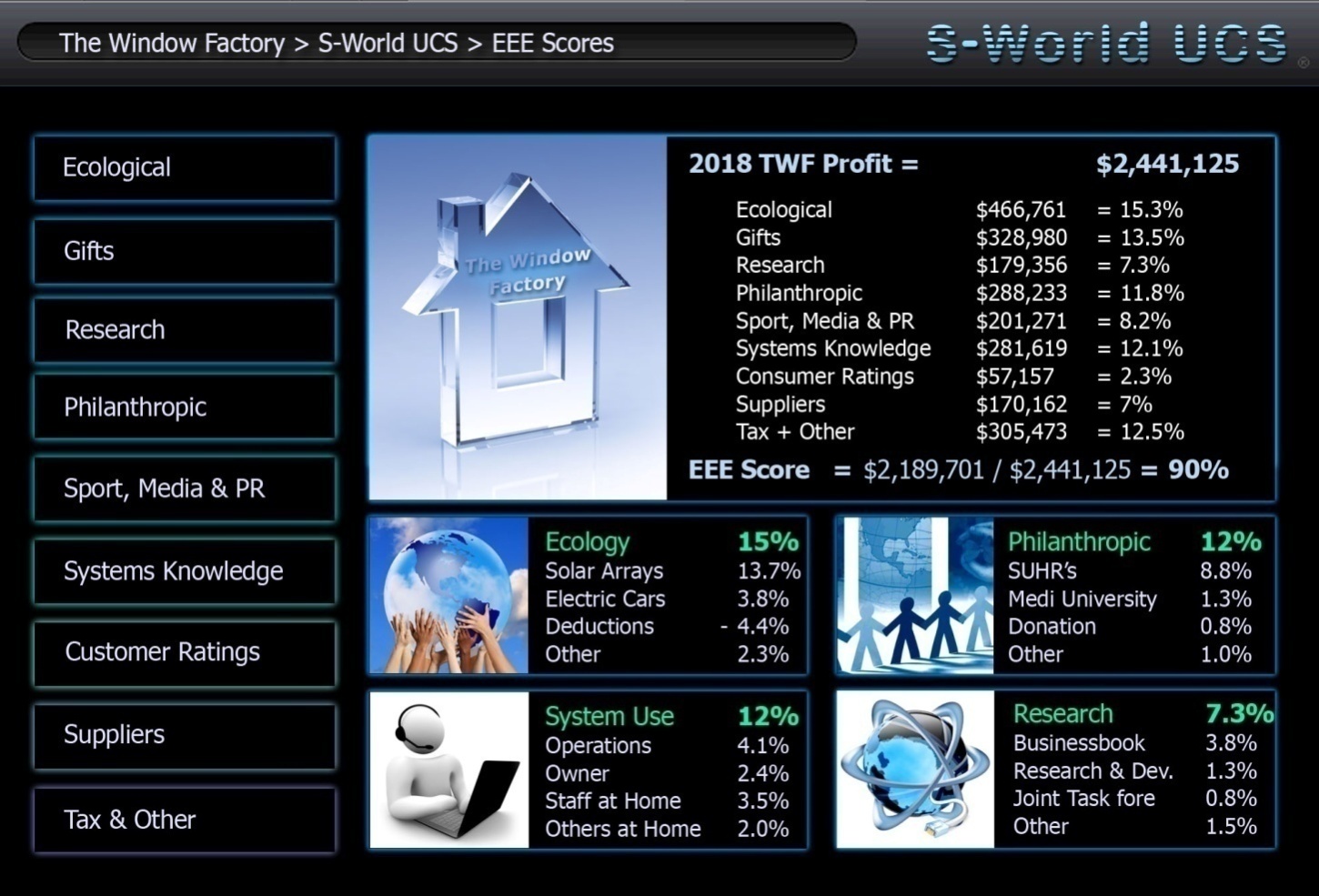
The Window Factory e$ Breakdown
In this example roughly 50% of the Window Factory’s e$ are earned via their Give Half Back network and special projects contributions, (for more detail, see “Baby POP” American Butterfly 2 & 3) including investment into renewable energy, staffing the SURH (Super University Resort Hospitals) and staffing the university and operation centers.
Before delving in, a couple of points on the spreadsheet should be clarified, EEEP is the percentage contribution from an individual item/row to the total company EEE Score, below we see in row “a” with an EEEP of 13.7% as such 13.7% of the Window Factories collective EEE score of 90% is earned by the building of solar arrays or other renewable energy devices.
Another important factor is the M column, this is the multiplier, to encourage and reward mandatory and additional investments into renewable energy, for every actual dollar spent 4 e$ are rewarded. Further down we see to assist the sending of gifts by businesses, each dollar spent returns 3 e$, where after Research and Philanthropic spending has a multiplier of 2.

Ecological: In the ecological category above rows “a” and “b” are specific to the “Give Half Back” investments into solar arrays and electric cars. Row’s “c” and “d” are the amount spent on power and fuel which act as a negative. Lastly row “e” represents various ecological endeavors performed out of office hours by the business owner, staff or their families, such as recycling.

Gifts: The gifts category is simply the amount of business to client gifts sent or received.

Research and Development: In the research category, rows “h” and “I” are specific to funding S-World Operations and the Research & Development department at the University. “j” The “Joint Taskforce” indicates that a collection of network companies have joined together to invest in a specific type of research. Row “k” represents staff family and friends rendering parts of the local area in S-World, which has contributed nearly 10% of The Window Factories score.
NOTE: If instead of The Window Factory a dedicated Pharmaceutical, Software Development or Research Company were to be measured in this category, they would have a high score based on their achievements.

Philanthropy: In the philanthropy category rows “l” and “m” are specific to SURH’s investment (Medicare & Medicaid alternatives), “n” is a simple charity donation and “o” represents volunteering work performed by the owner, staff or their families.

Sports Media & PR: Row “p” signifies the Give Half Back funding to the university Sports, Media and PR Department.
Row’s “q” & “r” present opportunities for companies to acquire a significant amount of e$ by encouraging the company and staff to assist the operation centre media department in the making of adverts, productions, local network documentaries, or reality TV shows, be it in front or behind the camera.
Equally the participation in network sports leagues is rewarded.
Retrospective Note: For various reasons investment into sports and media has since been substantially increased see Angel POP within The Network on a String.

Consumer Ratings (The per human results search engine): In Consumer Ratings the average rating achieved is multiplied by the amount of goods sold, then multiplied by 0.1%. This does not leave a particularly significant figure, however as consumer rating are available for the public to see, motivation to excel in this department is already encouraged.

Systems Knowledge: like “Sports Media & PR” systems knowledge is another “without cost” way to gain e$. In row ”t” we see the amount of hours all staff have spent using any S-World systems at the office, not specifically the hours logged on but a combination of hours vs. key stokes vs. moving in a direction that makes sense.
Achievements are the completion of certain tasks, such as creating partnerships or adding something to the system that is to the benefit of the network. Exams are simply e$ rewarded for passing exams.
In row “v” staff working from home, generates the highest figures, here staff are encouraged to play the S-World UCS game/simulation version of The Window Factories real life business activities. Taking the virtual company to the next level and beyond, making partnerships, applying for tenders and expanding overseas, taking the company to new heights or on occasion new depths if ones strategy did not work out.
To quote Schrep, Facebook VP of Engineering: “Get out there and try something, and don’t be afraid, there are lots of people to catch you, and you will never get criticized for trying something for the right reasons and making a mistake”
Via S-World UCS one can make mistakes, take risks and try new things without costing the company a cent, and when something pays off, it can be brought to the attention of boss and company hierarchy as a strong consideration of the next real life step.
In row “w” we see the “Others at Home”, this is a collection of either friends or unknown game players who have asked or been asked to play S-World UCS under The Window Factory” banner. In many cases this will be someone in the local area wishing to either work for a company within the local network, someone who wishes to apply to start their own company, or become someone who wishes to be a network agent.
Add that to friends and family and Facebook friends, S-World VSN users and S-World.biz users and pretty quickly one can have a lot of people playing out future business possible parts, all contributing to the advisement of the decision makers.
Retrospective note: to further increase simulation usage, alongside sports and media, substantial extra funding in terms of resort credits is made available to encourage usage in this sector, the basic principle being that whatever score one attains within the simulation will be rewarded with a pro rata percentage of network credits.

The suppliers Score: takes the amount of real dollars spent with each supplier multiplied by the suppliers EEE score, and then multiplied by their QE score then multiplied by 0.1

Others: Finally the Tax and Other includes, Tax paid multiplied by 0.25 alongside “Give Half Back” University Staff and Building Budgets, alongside a collection of smaller inputs. Note in particular the relatively high score that paying tax gives; this is deliberate, rewarding the company for their contribution.
As an economic solution, the system looks strike an balance between tax efficiency and network profitability, higher taxes may see a higher multiplier or 0.5, to motivate in such circumstances, especially if the country receiving the tax is enacting an extended infrastructure project using network companies construction companies.

Total: In total the company made $2,44,125 in profits and $e 2,191,435 so generating a 89.9% EEE Score.
UCS Game play
UCS game play is exactly the same for the boss of a company, as the staff or general public simulation players, in creating innovative game play concepts for S-World UCS, a many concepts translated into the makeup of the actual network and how people will interact and conduct business. At this point the simulation and the way we wish real life business within the network to be conducted become one in the same.
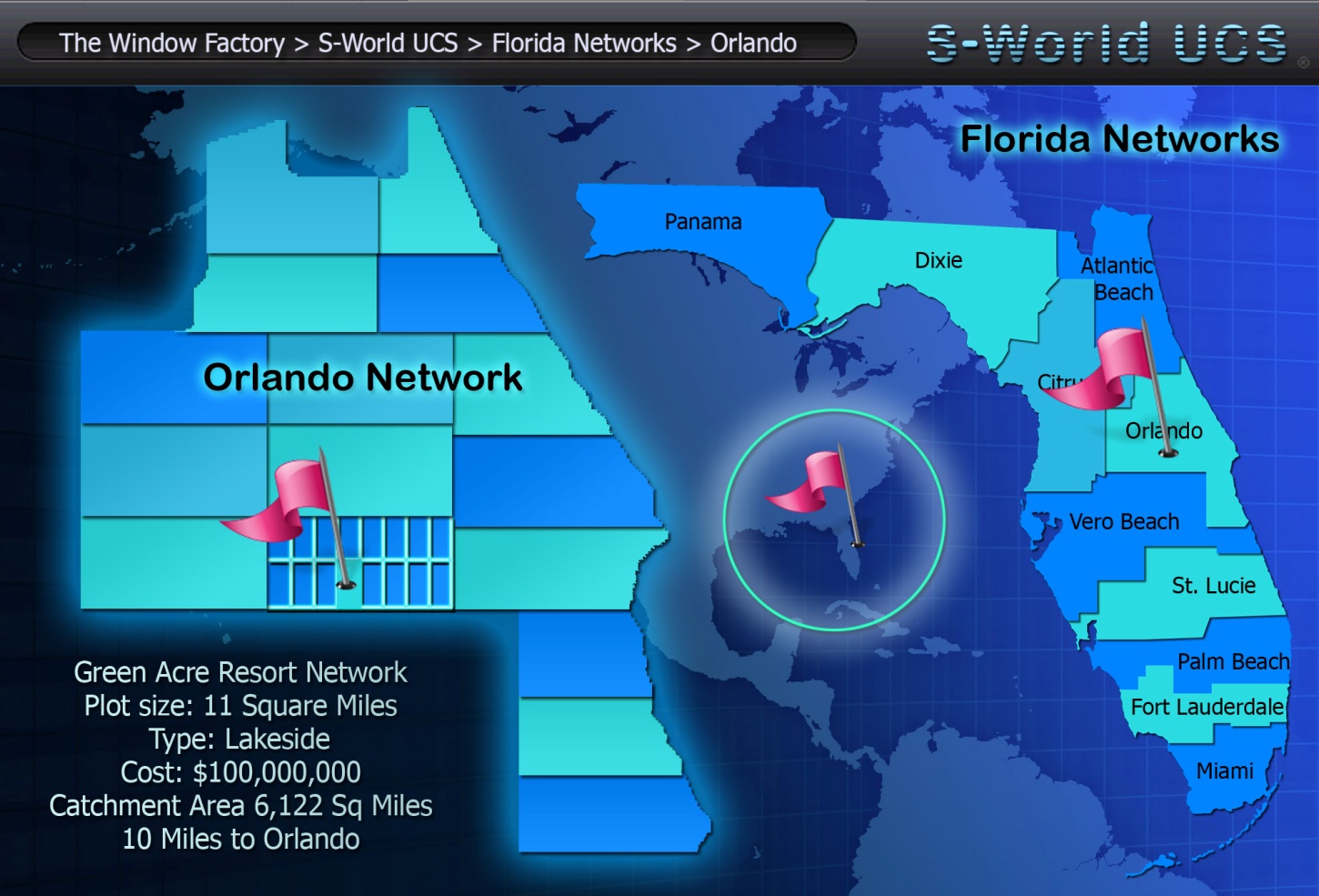
In the map above we identify the network where the Window Factory are located, a real plot available for purchase for $100,000,000, ten miles from Orlando on a large lake, within an eleven square mile plot.
Once established the Widow Factory will be able to bid for tenders in networks that do not have suppliers of Aluminum Windows. Within the graphic to our right we see that two networks need a supplier, of aluminum windows.
To the right, a zoom into Fort Lauderdale shows a tender with a PQS (Predictive Quantum Software) estimated value of between $4.6 million and $6.9 million. In this scenario to acquire the tender, a cost was incurred equaling $e 1 million and 10% of actual profit, the concept of advantageous partnerships coming in exchange for $e does not affect the Window Factories EEE score, in 2018 the Window factory are forecast to generate $e 2,189,701, within that year if they wish to acquire the Fort Lauderdale tender, it will cost them $e1 million, leaving $e 1,189,701 to spend on other items, retaining their yearly total which becomes their EEE score.
$e can also be applied to applications for tenders and partnerships, In the real world this process greatly increases the thought and preparation made in applications and sees only serious bids. Much like a Pay per Click add on GOOGLE, it does not mean the company is of any better quality that any other, it does however illustrate their serious intent to conduct business.
The same principle can be applied to staff and contracts:
If it is free to apply for a job, or to pitch for a contract then many will apply, if however, applications come with an $e cost, then it assists the employer or contract owner as they will know, the applicants interest has a value, not only saving time in going through many applications or CV’s, more importantly, by identifying someone who is willing to part with $e to be interviewed, one only sees, willing employees who have given the matter sue thought.
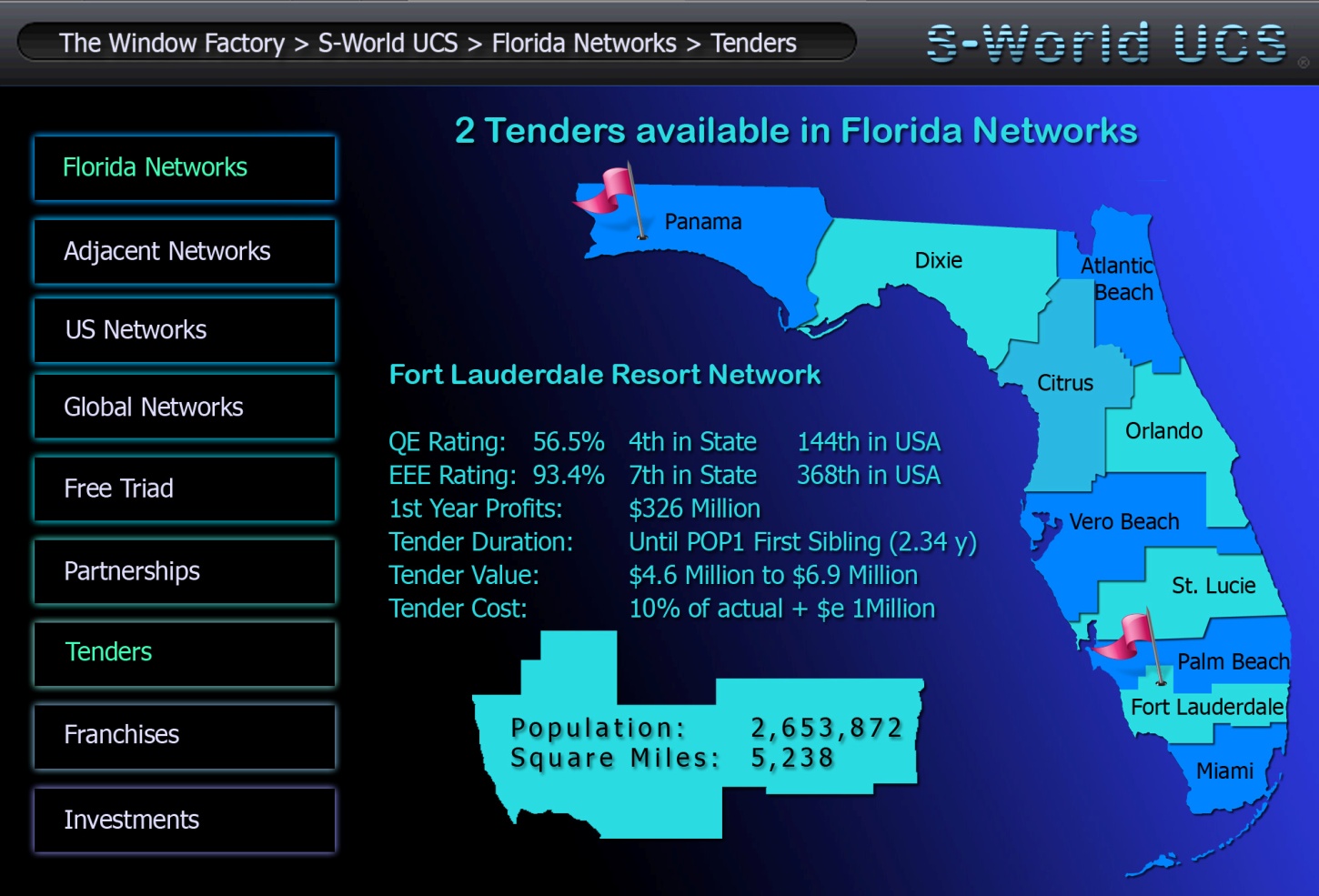

Above we see the “choose partners page” offering information specific to creating a partnership. In this scenario, the Cape Coral network is looking for a supplier for all window types, as a result, the Window Factory is required to make partnerships with other window manufacturers in different sectors.
The screen offers information on Florida network companies that produce frameless, wooden and classic windows alongside a company that specializes in shutters.
Highlighted is Sheer Windows, who are close to attaining a joint tender worth nearly $2 million for the Window Factory, however, there is an application cost of $e 50,000 and a partnership cost of $e 250,000
This said, if staff or outside simulation players have already played this scenario within their own UCS game and made contact with various staffs from Sheer Windows, the cost may be negotiated lower, and the competition may be less.
At the bottom of the screen to the right we see other network companies that one can make partnerships with, displaying first the initials of the company, followed by their location, in this case either Florida, Georgia, Alabama or the Bahamas. After which the QE (Quantum Economic) score is presented, followed by the companies EEE score, and finally its Consumer Ratings score.
In general with both simulation players and business owners, the accumulation of $e is of benefit, as one can apply for and make more partnerships and attempt to gain more tenders as such, encouraging all who would use S-World UCS to assist the system to reach its ambitions and rewarding those that assist.
An additional useful side effect is the ability to assist struggling companies, be they suppliers or retail or entertainment. For example, if within a resort network there is a particular restaurant that offers a good service, food and experience that is due to “sods law” underperforming, one can temporarily raise the restaurants EEE score, and assign additional e$ to anyone who eats there, if they offered a 4 multiplier, and were close to the business sector (which most would be) then increased lunch time trade will soon increase their profits. This is just one of many advantages of EEE Scores and e$.
POP Expansion
“POP” Expansion is detailed extensively within American Butterfly books two and three, initially the process called “Baby POP”, sees mother network profits invested in such a way as to eventually creating a further 15 resort networks within the mother networks local area (+/- 6000 sq miles). Where after Angel POP sees investment into other areas.
Below we see a global map that presents POP franchise investment opportunities within the same industry as the Window Factory is skilled.

However, in the scenario, below we see that due to the Window Factory having an EEE score under 100% it is precluded from applying to invest its POP funds into creating an additional US operation. Where-after it is advised to invest in a network that gives bonus EEE points.

To the right, at the top we see a screenshot of zooming into the African Continent, which in terms of gaining additional EEE points is a ripe with opportunities. The Blue markers indicate mainly economic opportunities, the red award additional EEE points due to philanthropic gains to the local population, whereas the green markers indicate networks are planned within the ecological Special Project “African Rain” a vast solar powered desalinization project aimed at turning vast chunks of the Sahara desert back to its pre “influenced by mankind” fertile state.
On the bottom right we zoom into the Network City of Al Sabkar in Libya, presented as it was the first Network City, considered before New Sparta and long before the USA.
Alongside general information about the development, four sets of statistics are presented detailing the construction timeline, costs, returns and the increase in EEE points attained. In this case, by electing to invest in the Al Sabkar network the Window Factories EEE score would rise by 12% so achieving a plus 100% EEE score, thus enabling the window factory to apply for lucrative tenders within the USA. Further to this the Al Sabkar network itself is forecast to offer hansom returns.
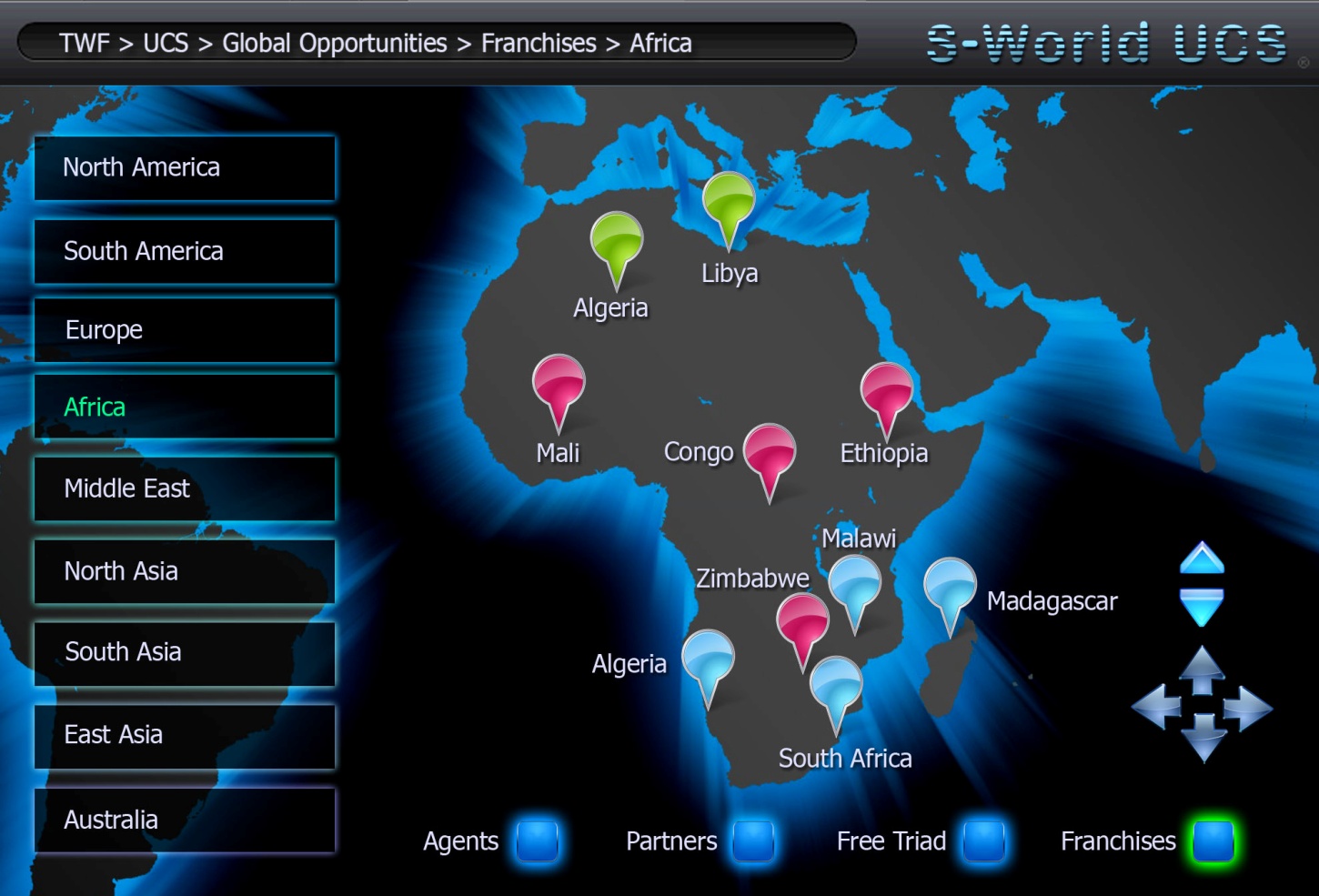


Graphics by: “Sim City” (S-World’s preferred virtual rending software partner)
Now we see the Al Sabkah network via S-World VSN, and have the opportunity to explore the entire city as it will look when constructed.
Above we look at the design for the US sector within the city
Top right we see the permanent expedition centre within which, the Libyan franchise of Window Factory will have a stand
Bottom right we see an option to purchase a selection of beachfront properties, that will be owned by The Window Factory.
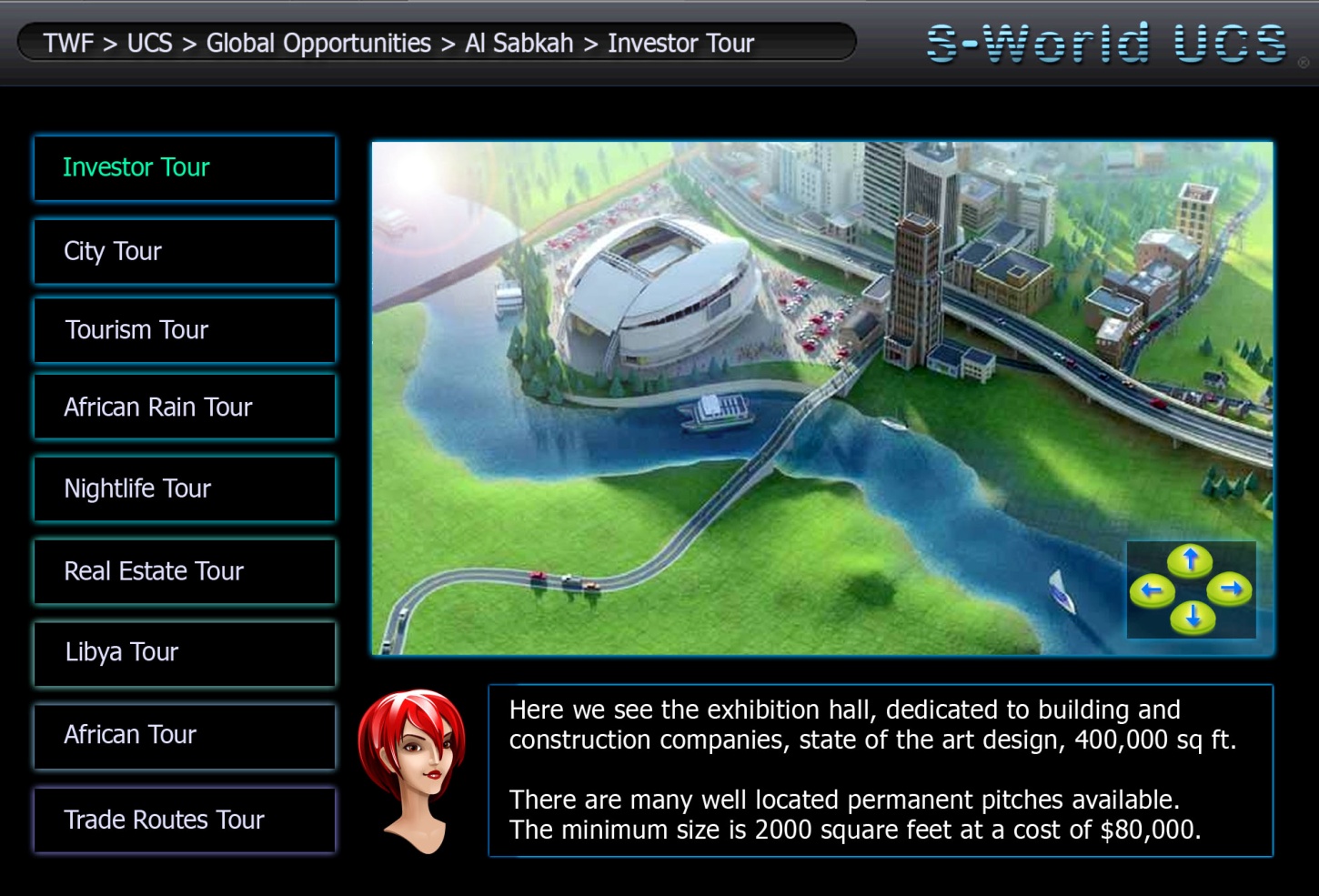
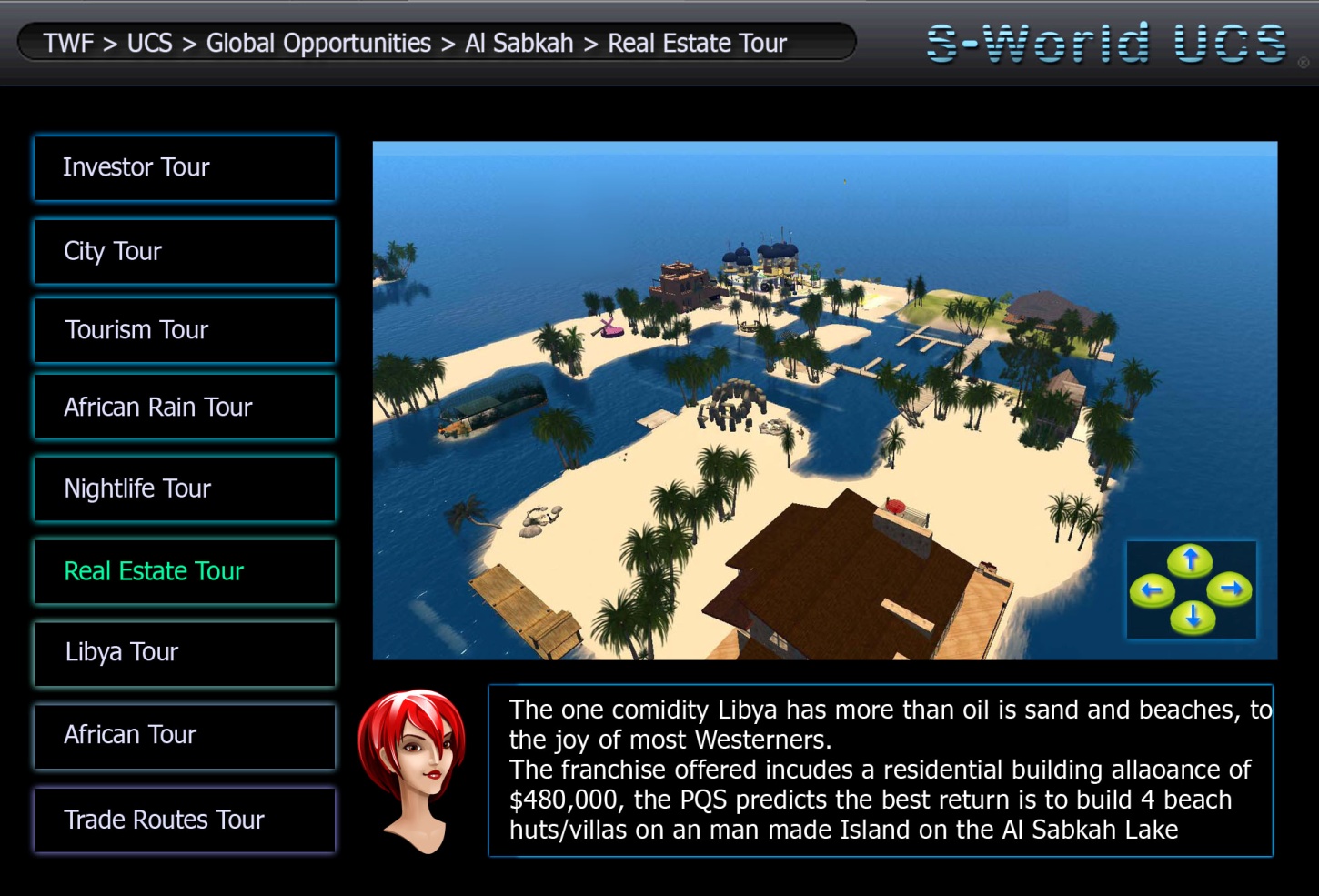
S-World UCS – Special Projects
Recruiting aside, the UCS game play is based around the tremendous wealth that can be accumulated by the collective network companies and the creation of “Special Projects”.
Not only are “Special Projects” noble endeavors that will either assist the human race or protect it, “Special Projects” are a significant branding exercise for whoever undertakes them. Special Projects in whatever form install pride and give unity to those that undertake them, assisting to unite the fractious global population to a common cause or indeed causes.
To our right we see the entry page to the S-World UCS “Special Projects” page, with eight projects identified.
- African Rain: the ambition to return the Sahara desert to it pre-Roman state of fertility via solar powered desalinization initiatives.
(1b.) The Babylon Project: looks to follow a similar root across the Pakistan, Afghanistan, and Iranian borders, and further invest in infrastructure and the creation of cities schools and hospitals. This project is in exchange for nuclear disarmament.
- Solar Moon: looks at generating solar power from the moon and sending it via microwaves to earth, which if facilitated (infrastructure and transport provided) can be 30 times cheaper than building solar arrays on earth.
- Planetary Defense: aims to protect the world from asteroid collisions.
- Mission Gliese: Given enough capital, it is possible to reach the nearest habitable planet “Gliese 581g.” Problems with artificial gravity aside, if one had near limitless money, we have the engineering skills to build a ship that could house 1000 nuclear engines an ark and drilling equipment to build underground cities, incase after arriving there is no atmosphere. If the ship was suitably armored against asteroid hits, at a “guess” in a vacuum with no resistance, getting ever faster it could hit 50% of light speed within a few years. As such, given 20 years to make it, it’s possible I and many others could get there within or lifetimes.
This “Special Project” becomes the flagship unity branding excursive, and is this project that gave “S-World Universal Colonization Sim” its name.
- The Poverty Line: seeks to bring all of earth’s citizens above the poverty line, or to be specific all citizens within countries that have adopted adequate measures and teachings to stop population growth above the poverty line.
- Global Cooling: stopping the use of fossil fuel alone will not stop global warming, it will just slow it down, the only way to cool the earth is to produce more oxygen that carbon dioxide, in short plant lots of trees, this project falls hand in hand with “Solar Moon”, African Rain” and “The Babylon Project”
- The Yellowstone Lid: Seeks to dig a gigantic trench around and a sequence of giant containment structures over the Yellowstone Super Volcano, which is due to erupt soon, indeed it’s late. If the Volcano erupts it will be an “ELE” Extinction level event, this project may take 5000 year to complete, but is best started as soon as possible.
- Middle Earth: Other than protecting ourselves or colonizing space, the only way to ensure survival of society on our planet in the case of and ELE, is to build underground cities and eco zones under the Networks, these can at first act as 365 day a year tourist resorts, but over time become a genuine safe-haven in case of an ELE, it also presents a part solution to overpopulation. The technology used in this process will be useful in universal colonization. If one has heat from the core of a planet, one can make light, with light one can make oxygen, there is no reason why an underground series of networks on Mars could not flourish.

Next to the pictures are 4 text fields.
Votes: indicate the amount of UCS game players that have started the project
USC $: indicates the amount of e$ (“game” dollars) that the UCS users have communally spent on each project
Progress: indicated the real life progression to stage one of the operations.
Actual $: Indicates the real life total investment spent on each project, many projects such as Global Cooling and “The Poverty Lines” are automatically funded by the Give Half back “POP” process, others see funding from Angel POP.
Retrospective Note: At this point in creating the S-World UCS chapter, a game changer of a documentarily was viewed, Garratt Lisi’s 2008 TED lecture on The Theory of Everything”
http://www.ted.com/talks/garrett_lisi_on_his_theory_of_everything.html
Garret Lisi’s “The Theory of Everything”
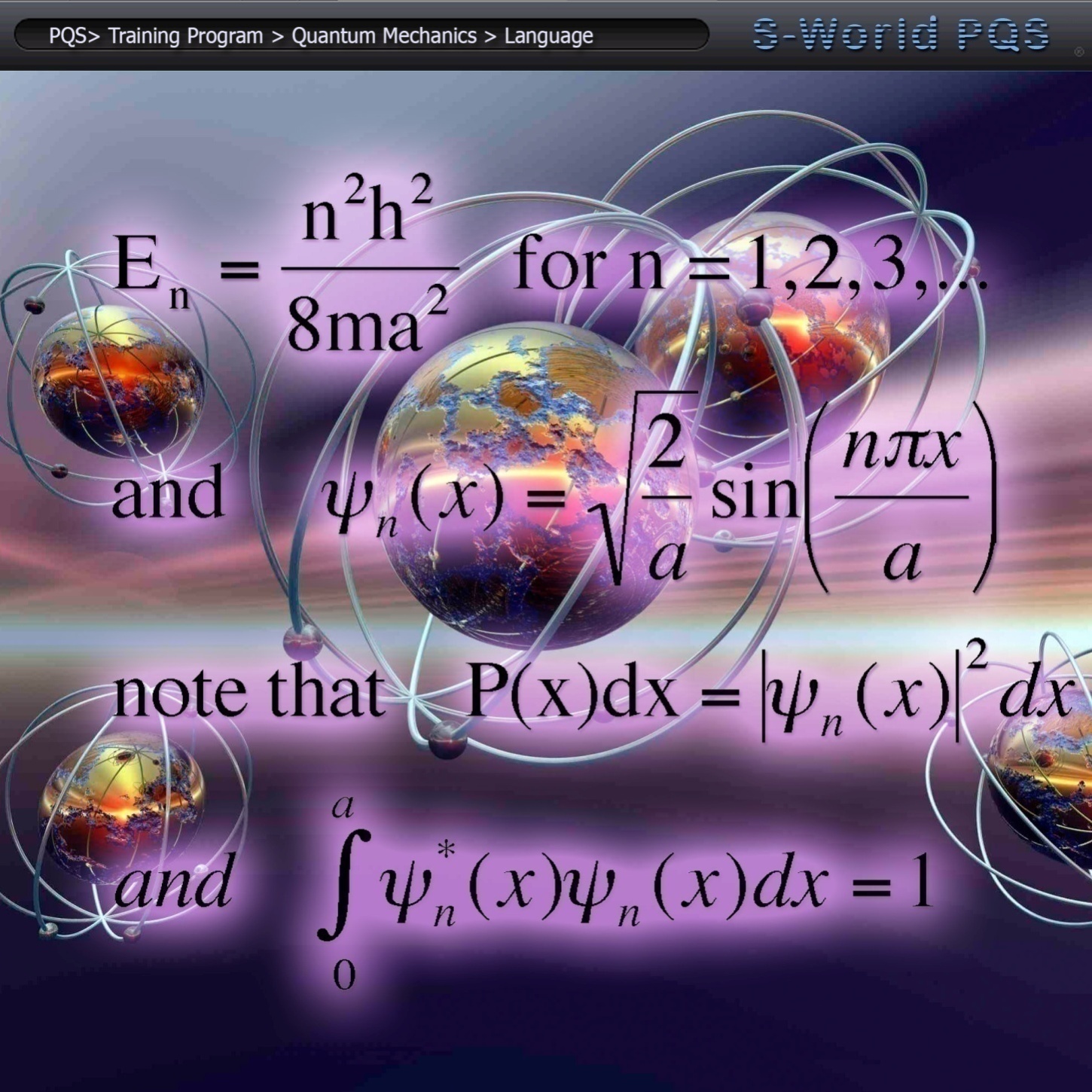
I can’t read this!
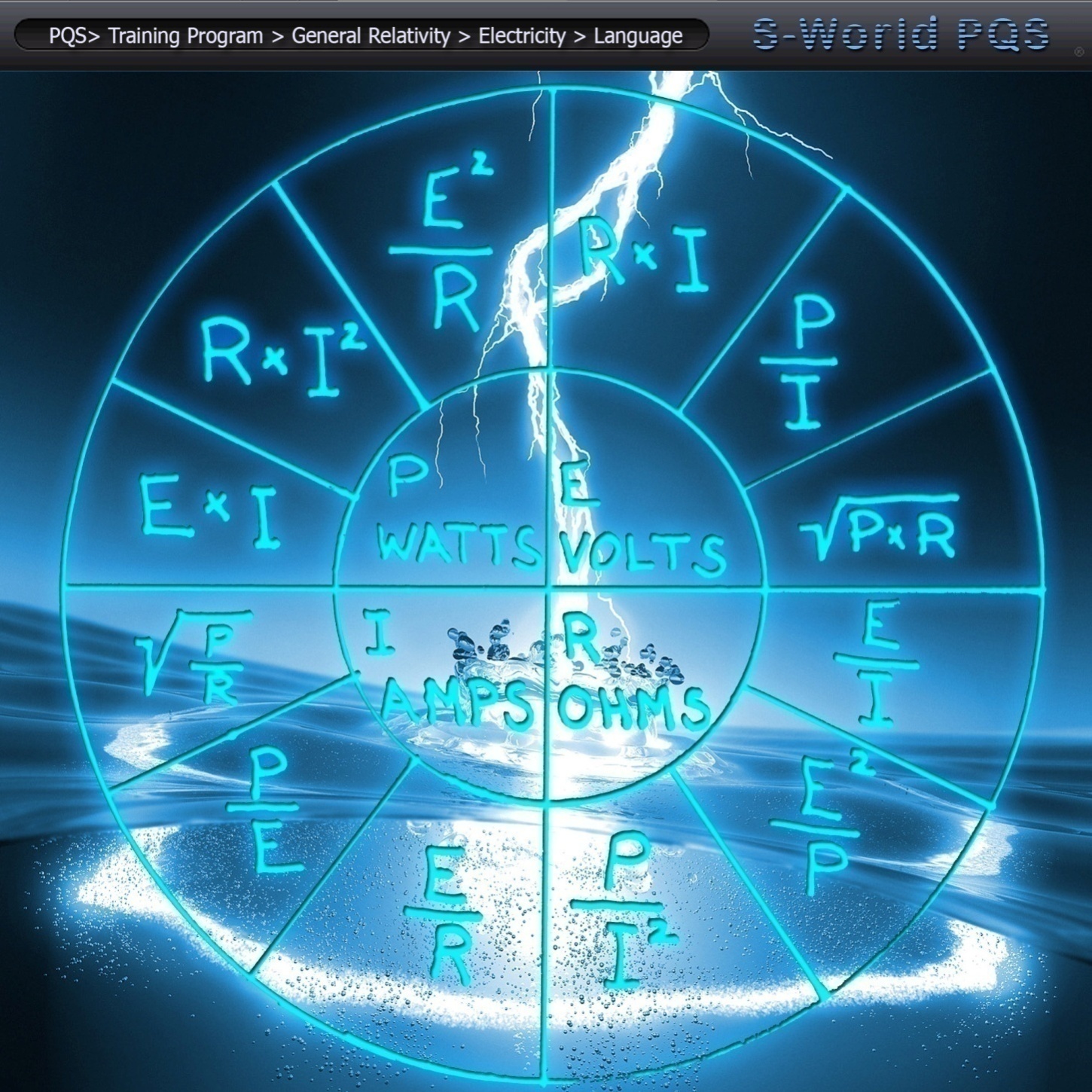
Or this!
Do we need to read the language?
Of course we don’t, that would be like saying there is no point in doing business with China if you don’t speak Chinese’s. The first equation was specific to Quantum Mechanics, but it’s the second makes the point, as the second was specific to “Electricity” You do not have to understand the language of electricity and its equations to use a TV set, all you need to know is where the plug point is.
We have seen some fundamental aspects of S-World UCS, however to fully appreciate its capacity to improve the network and to make the creation of Special Projects a reality not just a hypothesis, we need to know a little more about quantum mechanics care of Garret Lisi, recent creator of the acclaimed E8 248 dimension “Theory of Everything,” from the opening section to his 2008 TED lecture.
Quantum Mechanics by Garrett Lisi
Starts with a blackboard full of equations, Garrett says: “Woh, dude check out those killer equations, sweet! But follows with…
Actually, for the next 18 minutes I’m going to do the best I can to describe the beauty of particle physics without equations.
It turns out there’s a lot we can learn from coral. A Coral is a very beautiful and unusual animal. Each Coral head consists of thousands of individual polyps, these polyps are continually budding and branching into genetically identical neighbors. If we imagine this to be a hyper intelligent Coral we could single out an individual and ask him a reasonable question. We could ask “how exactly he got to be in this individual location compared to his neighbors, if it was just chance or destiny or what?”
Now, after abmolishg us for turning the temperature up to high, he would tell us that our question was completely stupid, these Corals can be kind of mean you see, I’ve surfing scars to prove that. But this polyp would continue and tell us quite clearly that his neighbors were identical copies of him, that he was in all these other locations as well but experiencing them as separate individuals.
For a Coral branching into different copies is the most natural thing in the world, unlike us, a Coral would be uniquely prepared to understand Quantum Mechanics.
The mathematics of Quantum Mechanics very accurately describes how our universe works and it tells us our reality is continually branching into different possibilities, just like a Coral, it’s a weird thing for us humans to wrap our minds around, since we only get to experience one possibility.
This quantum weirdness was first described by Erwin Schrödinger and his cat. Schrödinger is in a box with a radioactive sample, that by the laws of Quantum Mechanics branches into a state that is radiated, and a state that is not. In the branch in which the sample radiates, it sets of a trigger that releases poison and Schrödinger is dead, but in the other branch of reality he remains alive, these realities are experienced separately by each individual, as far as either can tell the other does not exist.
This seems weird to us as each of us only experiences an individual existence and we don’t get to see other branches, it’s as if each of us like Schrödinger here, are a kind of Coral, branching into different possibilities,
The mathematics of Quantum Mechanics tells us, this is how the world works at tiny scales and it can be summed up in a single sentence:
“Everything than can happen, does” that’s Quantum Mechanics.
Quantum Time
This consideration becoming the tipping point where simulated game and business software became what I considered at the time was a genuine form of time travel, which was awarded the name “Quantum Time”
The proviso being a that for something to be genuine, to be science not theory, it must gain tangible results, and within the confines of the network as specified so far, the addition of creating a network simulation, copying it and sending it in time faster than our own, whereby business can be conducted in the future simulation, so mistakes could be avoided and triumphs perused, would give a significant boost to network efficiency and economics.
At the same time, the further consideration of creating points in the future, mapping out what can be achieved, then working to those goals in an efficient manner, gets around the problem of trying to predict the future, as instead one programs the future, then looks to complete the program.
And so the S-World UCS Mantra was created, and for the first time, since the discovery of POP did an element of physics influence the programming of S-World and in so doing added significant strength.
S-World UCS
What if you could look to the future and see millions of
eventualities for actions you take today?
What if you could use the information to assist today?
What if you could do this from your phone, TV or laptop?
Welcome to S-World UCS
The consideration for the above was to use S-World UCS as a gigantic quantum mechanics experiment, with us representing the coral and recreating a copy of the Network and sending it forwards in time. In a way, this always was the idea, as in all the games that Villas Mogul was influenced by and in general the basic game play revolved around doing things in the future.
However, creating different specific timelines, such as sending one timeline into the future at twice our speed, and have other set a points in the future, could produce exceptional efficiency for the network, as after half a year the simulation, which is to be called “Voyager,” would offer excellent data on what to do and what not to do.
We could create a simulation of the network in the future, which is a heaven on earth with everything as it should be, then reverse engineer it back to our timeline, and enact it.
At this point (September 2012) in the creation of American Butterfly “The Theory of Every Business” I decided the influences from physics which had been stacking up, needed to be written as a separate book, as opposed to the intended single chapter.
As it turned out, two books were written, “Spiritually Inspired Software” and “The Network on a String” largely telling the same story, with the first book, looking and explaining at the basic considerations and observation of the network as influenced by the idea of a greater power existing in the universe, and the other looking at the same development strictly in terms of physics.
However as the following two books, largely look at the mid to long term picture, particularly in view of finance, and especially the POP principle Res and Angel Pop, which all contribute to the long term stability of the network after the initial investment has been made, to conclude this book, a conducing chapter of Mother Network 2018 profitability was necessary, written with the hindsight of books two, three and book four, which looks at the butterfly effect and Game Theory, in terms of creating an implementable short term investment strategy.
This is not the end for S-World UCS as SUSY 16 sub-chapters 9 to 14 within The Network on a String revisit the topic in significant detail.
UCS Logistics
Before moving to the concluding chapter, to return to UCS in the following book’s, there is one bonus side effect of S-World UCS, which needs to be presented, and that is in its power to organize logistics for both the physical and practical creation of networks and the organization of the businesses and staff who will be entangled with them.
American Butterfly is a gigantic initiative, especially when considered globally, below we see the global network cube, seen in the mid 21st Century. Each cube representing 4,096 networks creating a total of 32,768 networks, a figure that could double when satellite networks are included.
Placing satellite networks a side, as each Mother network creates 15 Baby networks we divide 4,096 by 16 which gives us 256, which is the figure we have worked to thus far, remembering that the USA has two cubes and so actually creates 512 networks, but further remembering US mother networks are created in two phases, which is currently suggested to be two years apart.
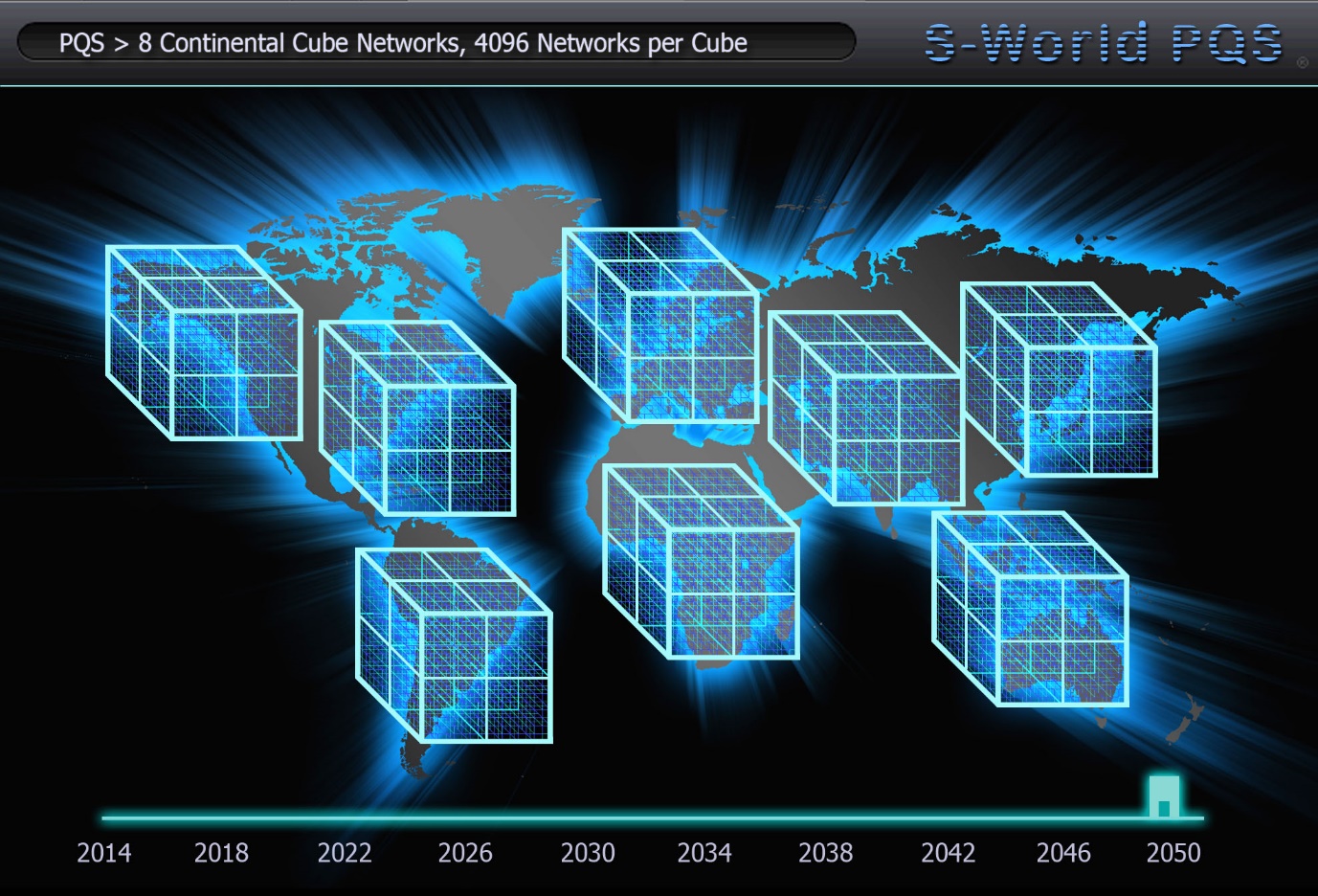
From a logistical perspective, it’s easier to conceptualize, when considered as ten Mother Networks per US state. 162 Below we return to the UCS Orlando Network map. This map accounts for all 512 US Mother Networks approximately ten per state, with the Orlando Network serving a catchment area if slightly above 6,000 square miles
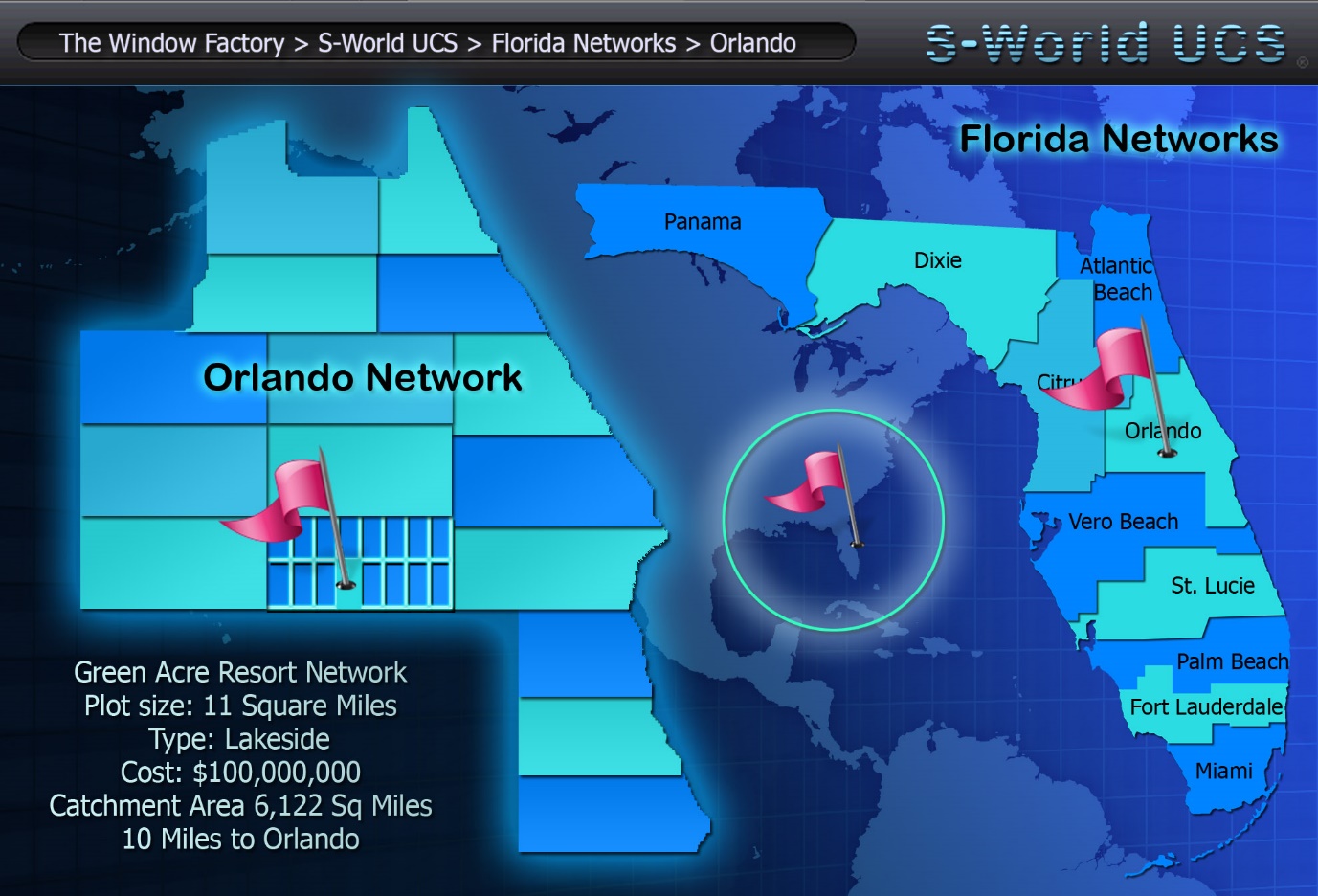
Within the close up of the Orland Network we find 16 relatively even lots at about 375 square miles each.
If we look closer in, we see within a further 16 sub divisions leading to rectangle squares of about 24 square miles, half of which would be a good sized site for a resort network. As such, given a clean canvas there would be 500 plots of land available.
Within which, one could expect between twenty and fifty potential sites, more if the desired rezoning of farmland directive is enacted, which in most cases will be a question for local authorities and residents.
IMPORTANT NOTE: it needs to be pointed out that the network building plans by 2050 are below the current stated requirement/plans. This is pointed out, as some pay protest at building in any form, regardless of ecological awareness, the point being, the properties are going to be built by someone, butter that someone does it in an ecologically responsible way, which enact benefits in many areas from medical initiatives to global cooling.
Considering we have between 20 and 50 potential sites for any mother network, and consider further that within the first phase Orland and Vero Beach would be twinned, now creating 40 to 100 genuine contenders for a Mother Network.
The beauty of UCS is that it the general public can join S-World UCS, or use the Facebook app to walk into S-World VSN, within which, any user can select a site to build a mother network and virtually start building, using the SIM CITY rendering software. As long one has an internet connection, there is nothing to stop anyone from building a virtual network.
The next step is to choose a network from all created so far, as an official contender, which will be done largely by public vote and some usage of e$. However, if a local council has made a concession on available land, such an organized gesture could well swing the vote.
Within a few months after launch, a contender for each of the possible places will be set, at which point, the simulation changes and people now choose to join one network or another, and business start to pop up, some imaginary, but some real, creating genuine trading partners and utilizing the business software as it is at that point. At this point it’s not utterly essential for a business to pick the correct location, as when the field thins, the businesses will have a choice of network to move to.
However, as enrolment in S-World gets more popular and there are more than the allowed 4,096 business bidding for 4,096 business sectors available, then some serious strategic thought as to which sector will likely be the Mother Network will be necessary, as only by being and trading in that network, is any company assured of inclusion in the first phase.
Of the possible 20 to 100 sectors, not all will be viable, hi priced areas, with already crowded infrastructure, may not be cooperative, however, it’s probable that at least 16 plots are found in suitable positions where the planning permission has been either approved, or the county has indicated it will not block the development under the ecological and aesthetic conditions that apply to all networks.
From 16, down to 8, down to 4, by which time, in most or even all states in the USA there is quite a frenzy over the last 4, which would all be granted future Network status.
Long before it gets to choosing the first network, the development plans would have been approved and far more businesses that can actually be launched in a Mother network will have been using the systems, already trading and ready to invest.
That’s how a logistical operation, far greater than any that has been performed to date, gets expedited within a year from the launch of S-World UCS, and if you’re wondering how long it will lake to create UCS, considering the foundation via S-Web are currently being developed, from the moment of substantial assistants from one of the big Tech companies, or The SIMS, we should have a working version in six to nine months.

